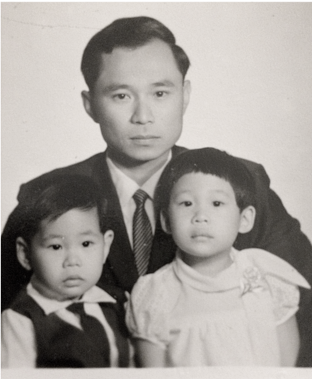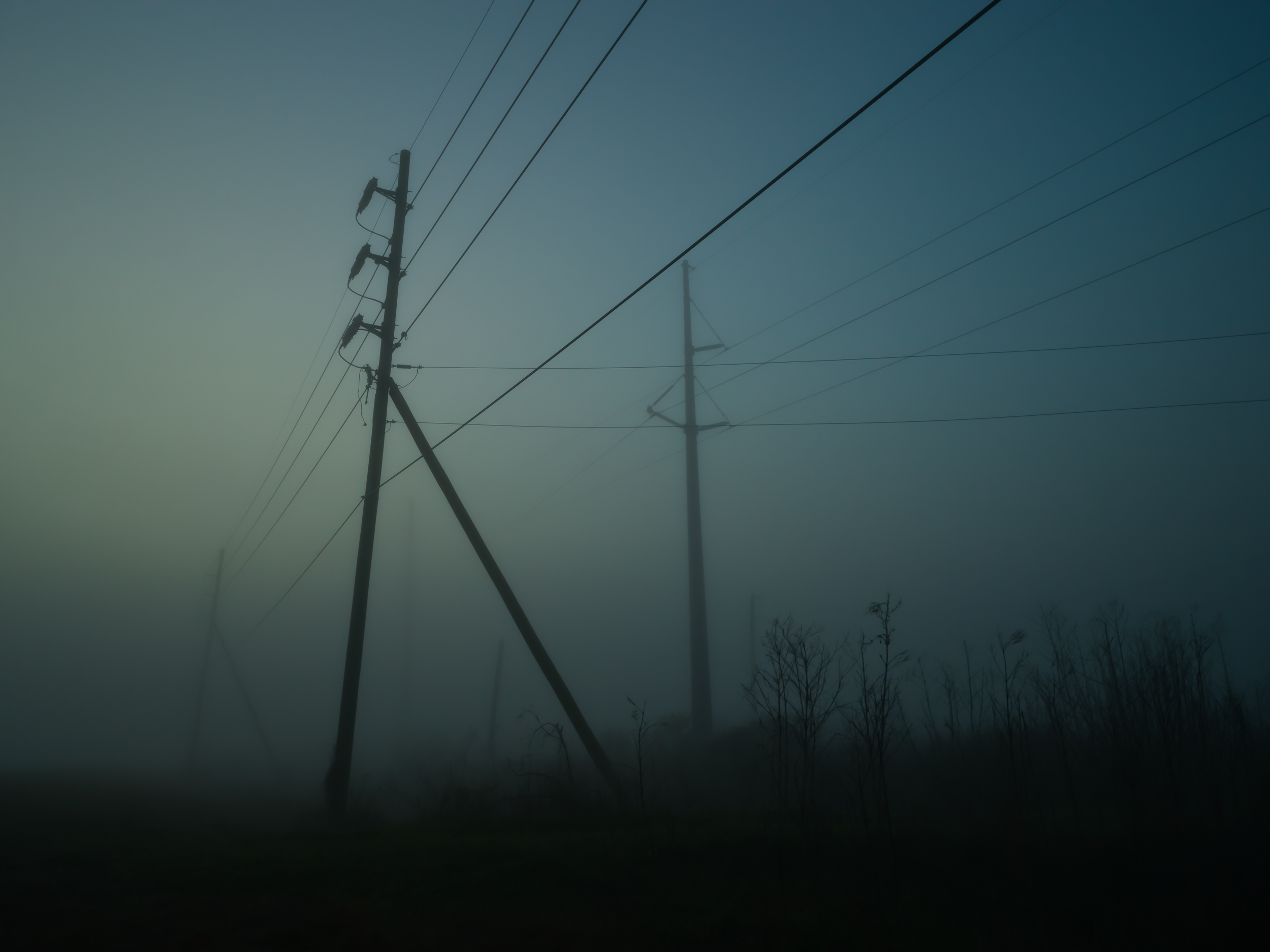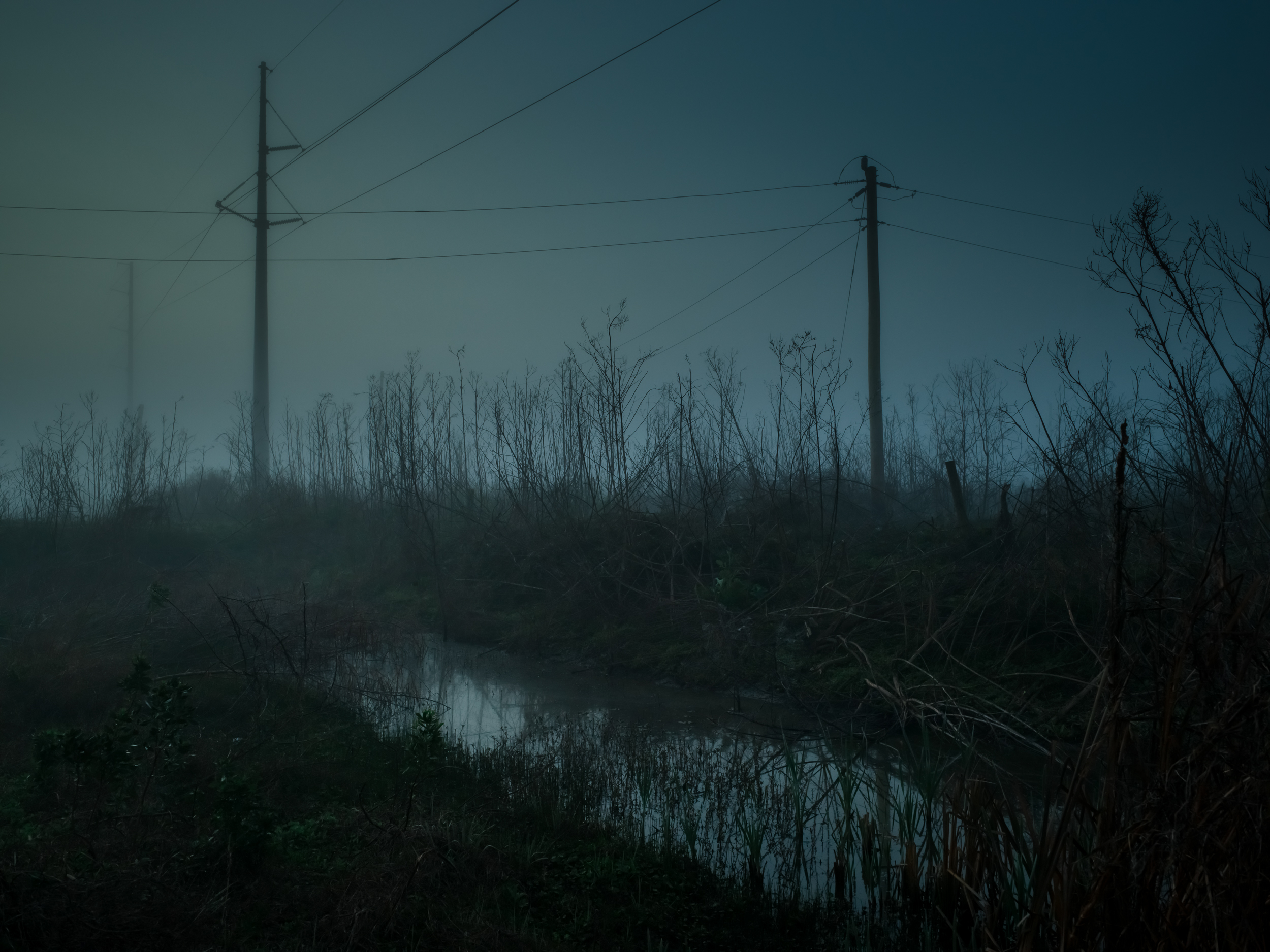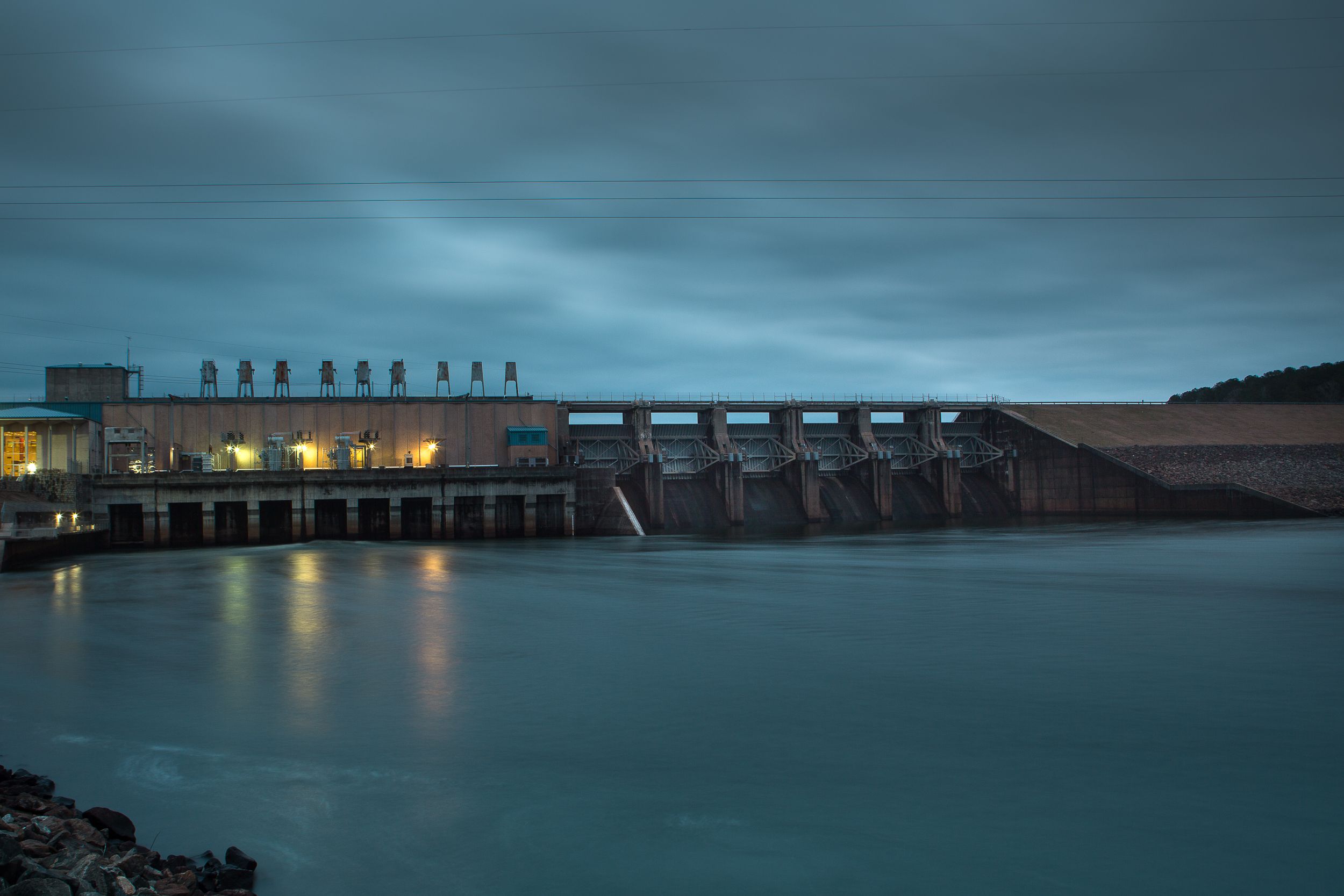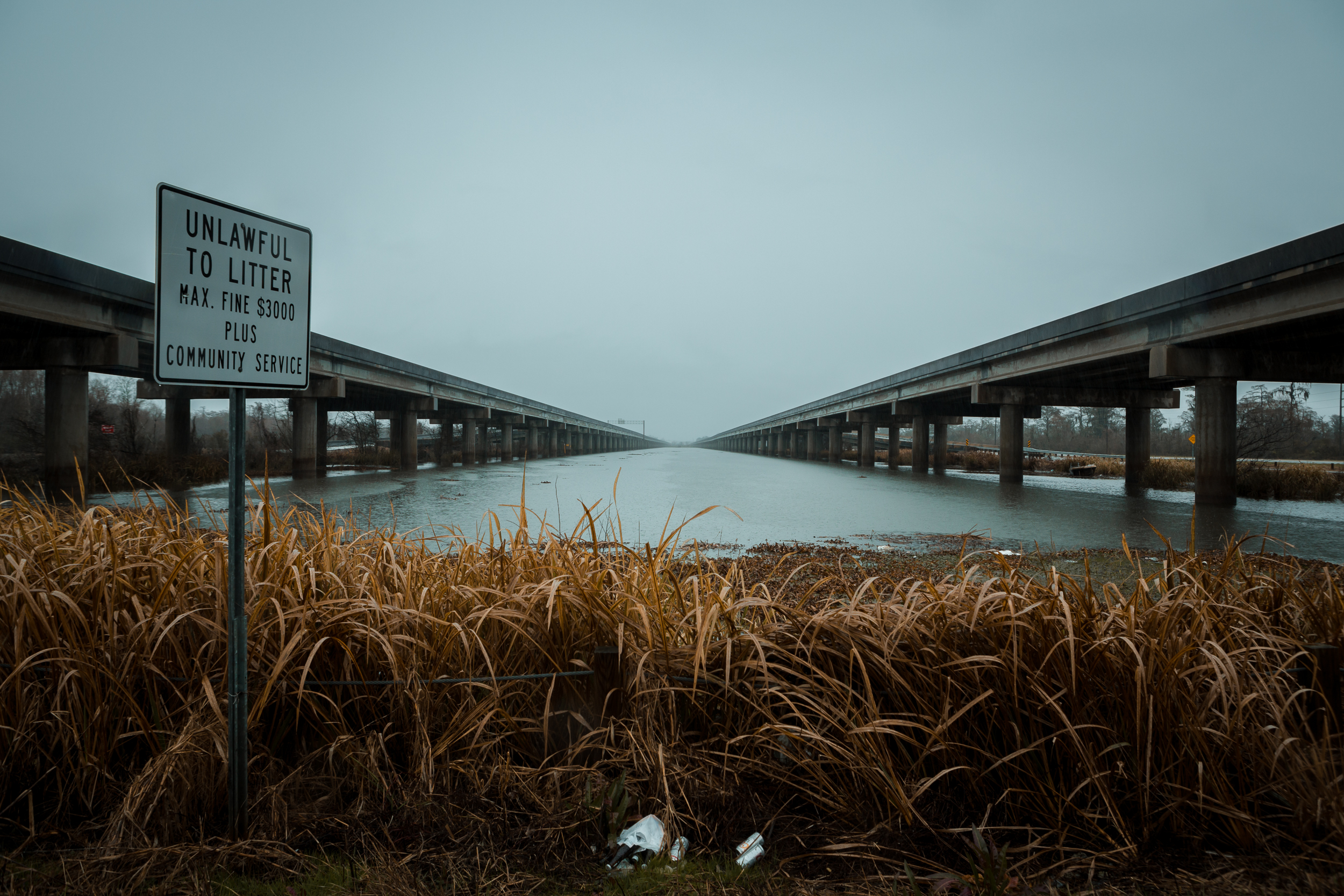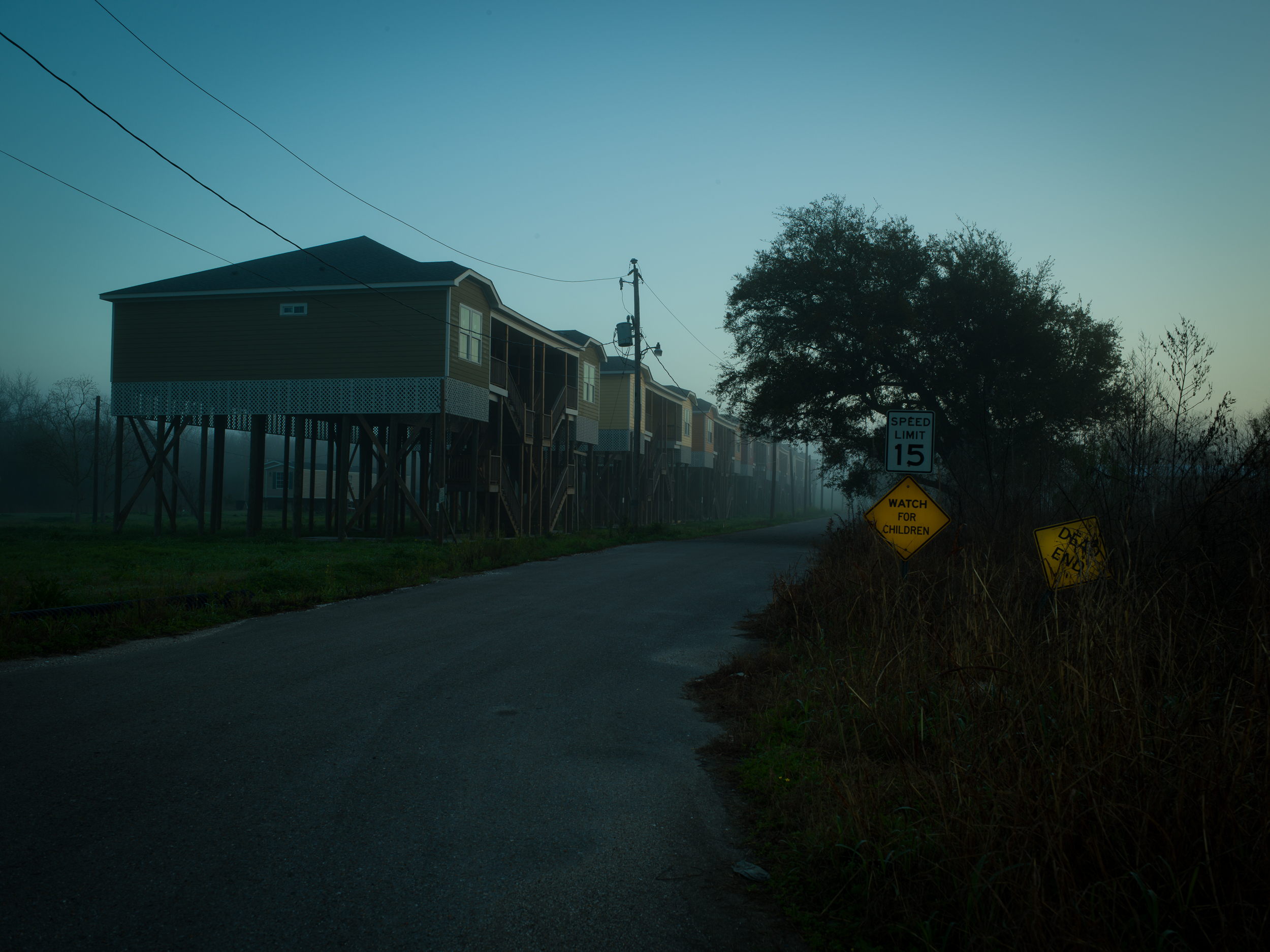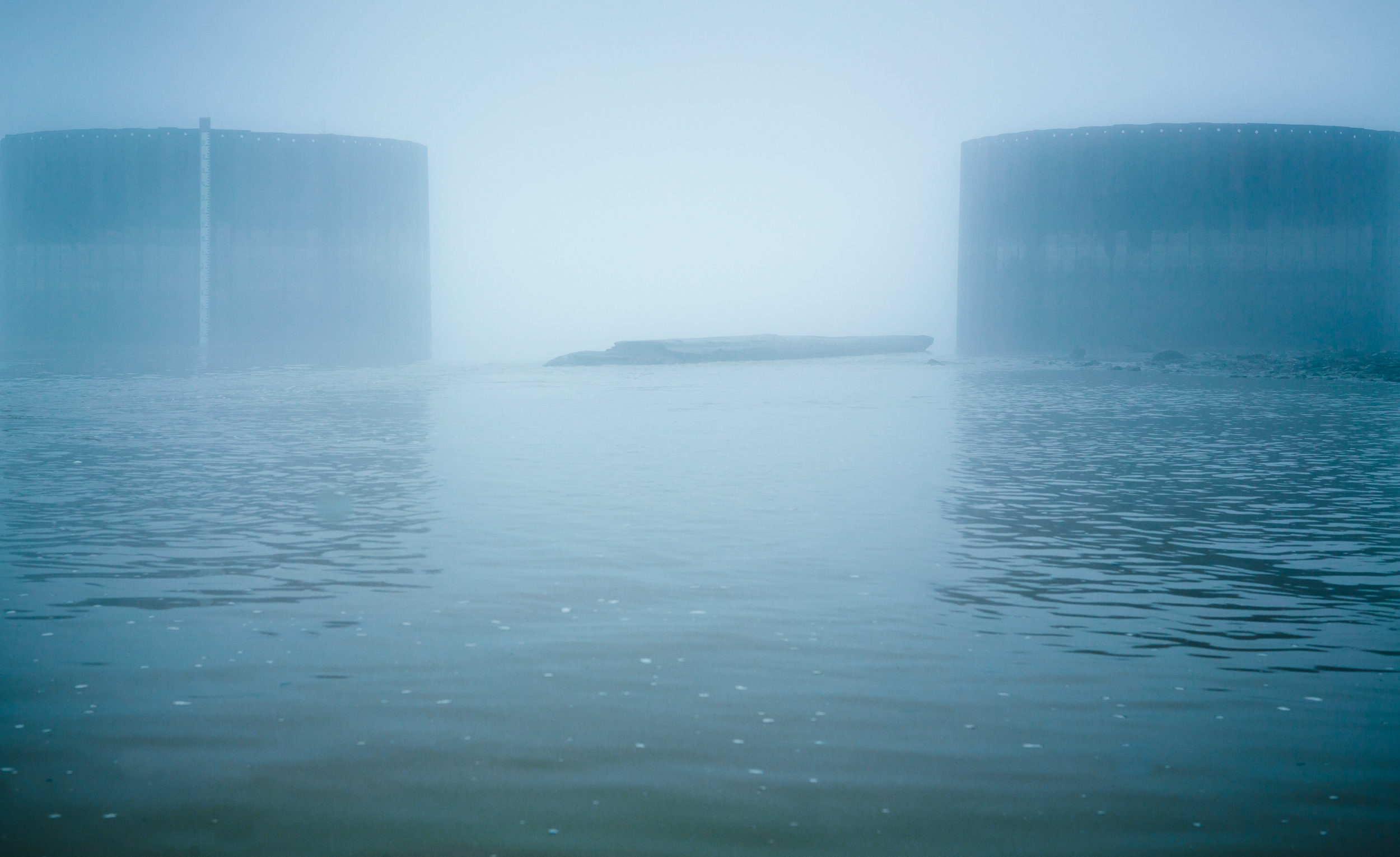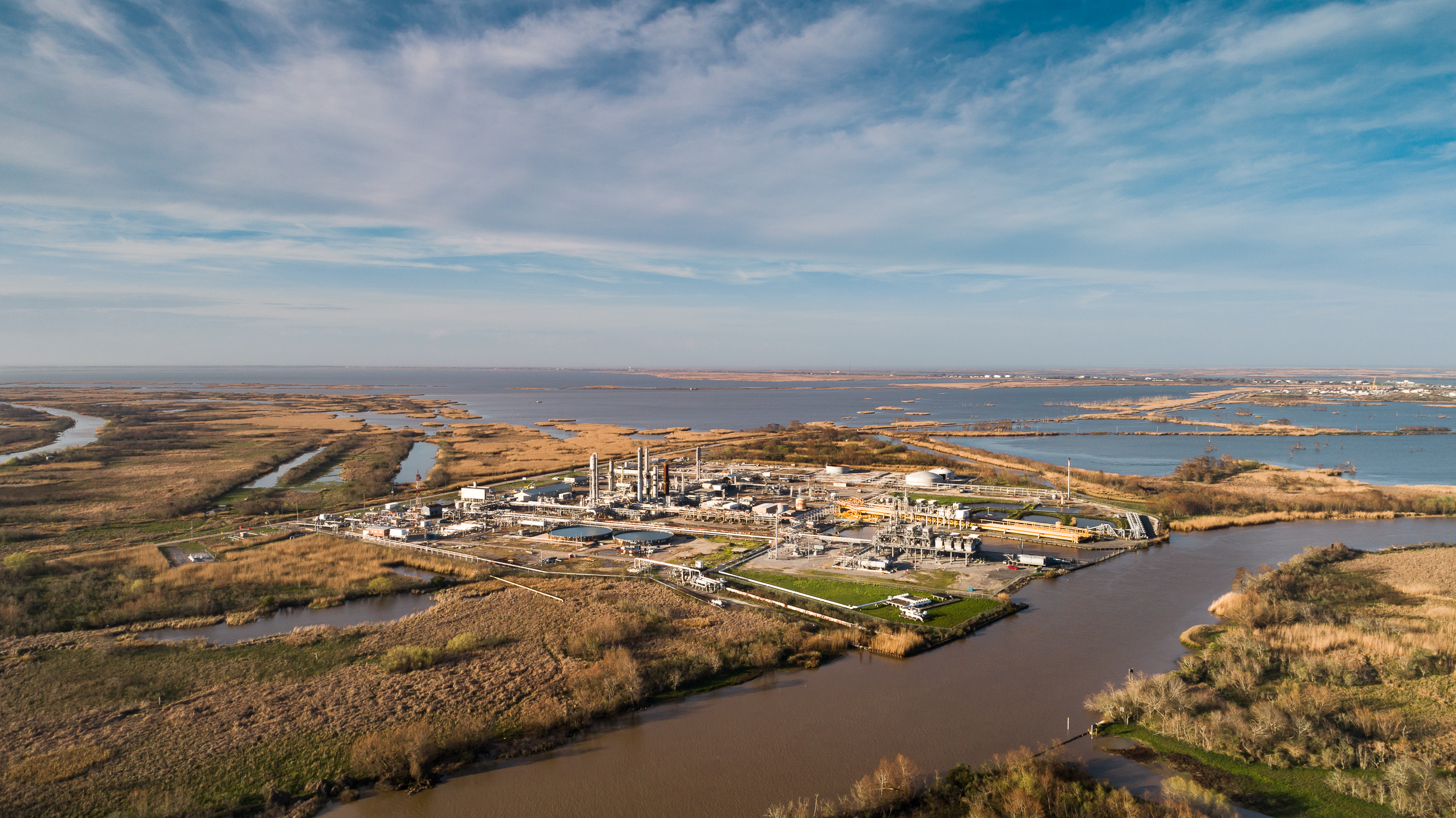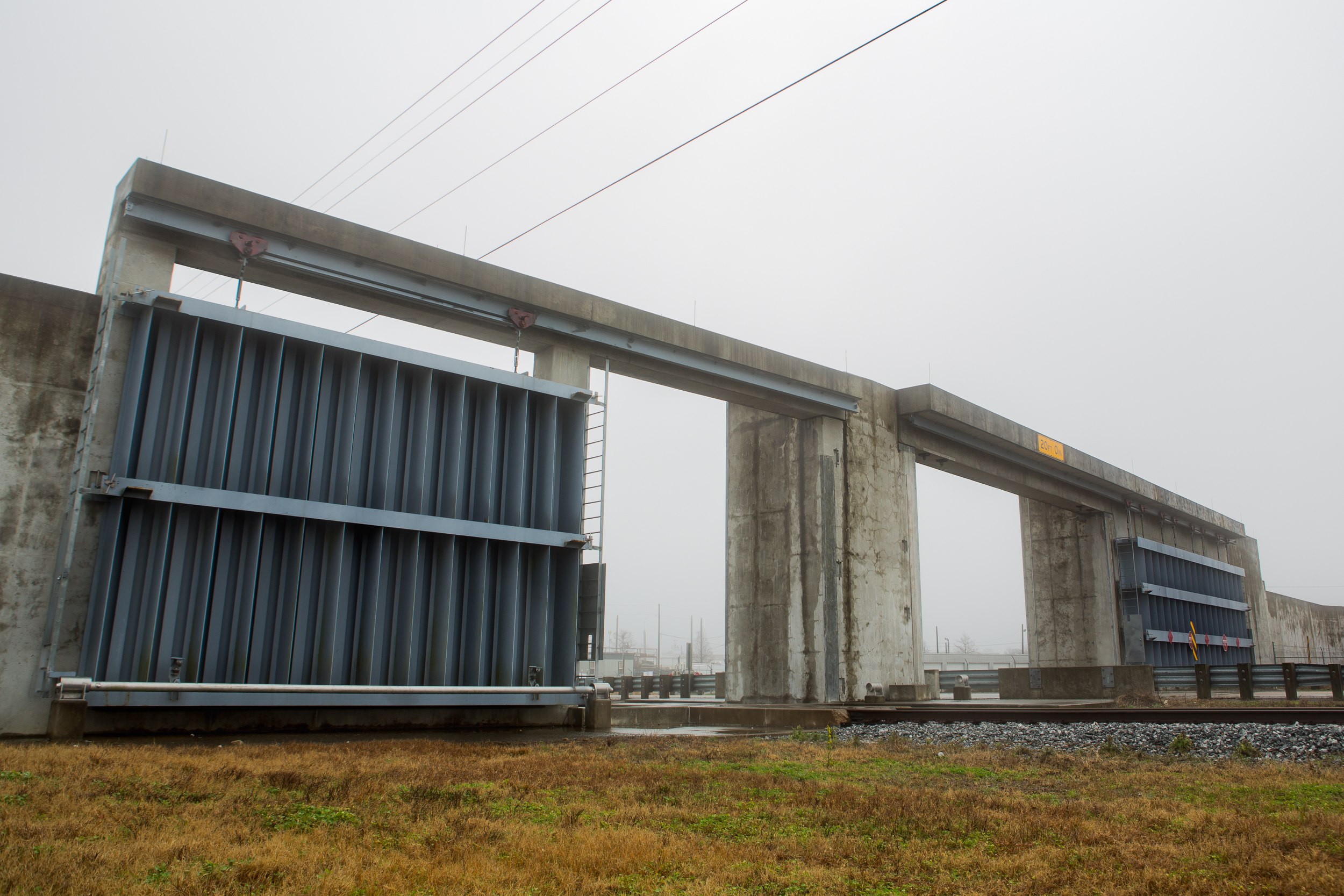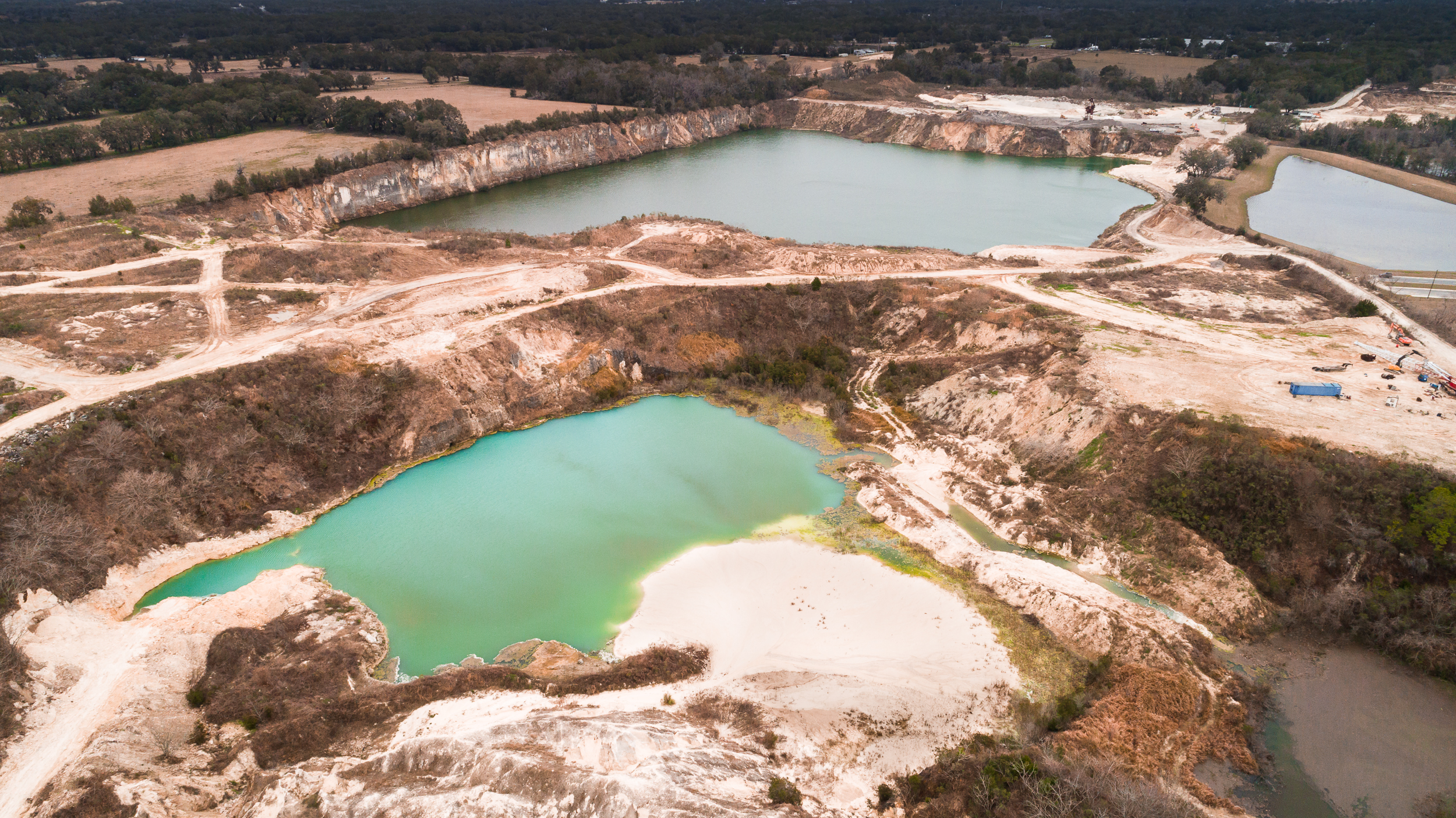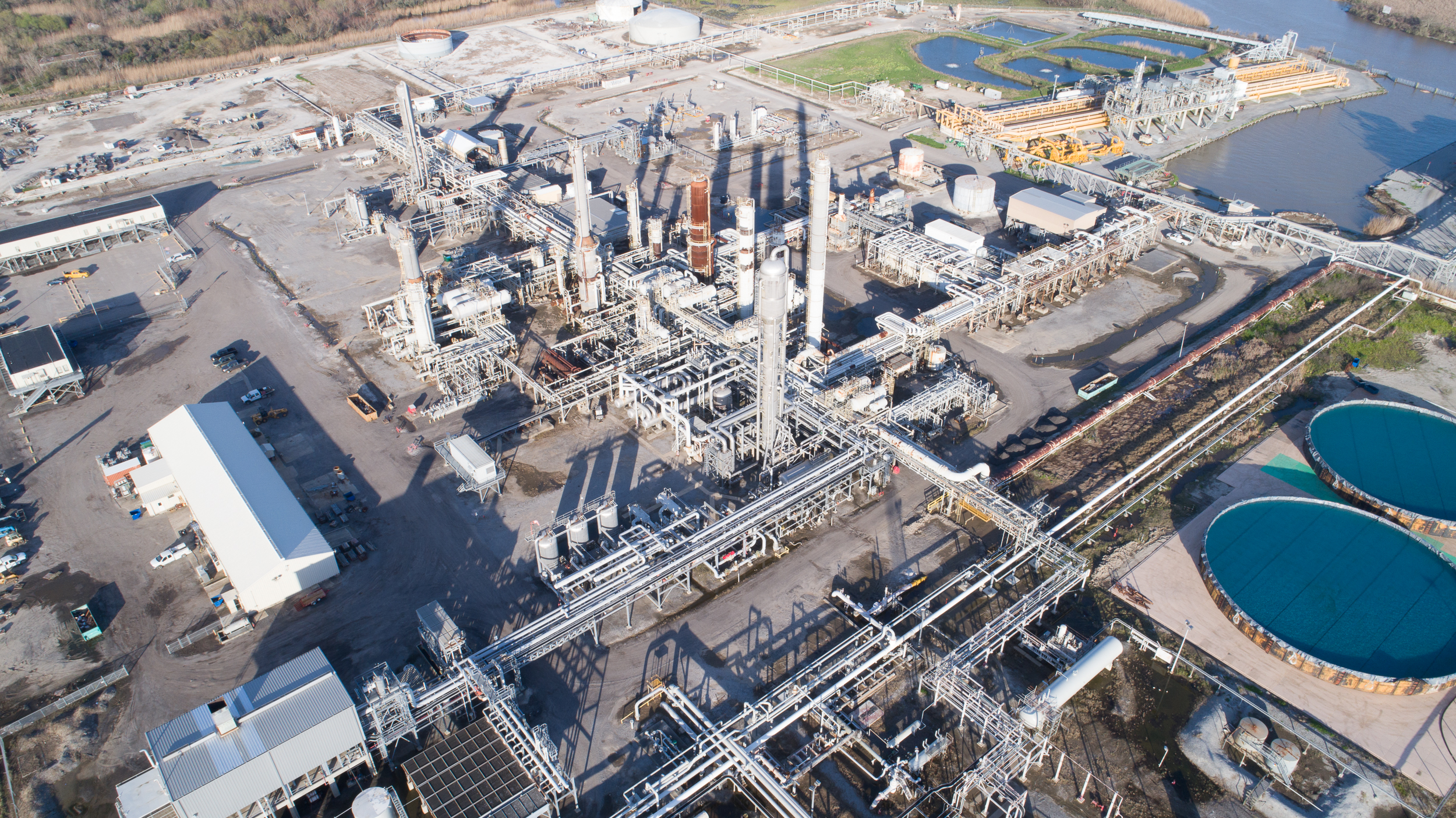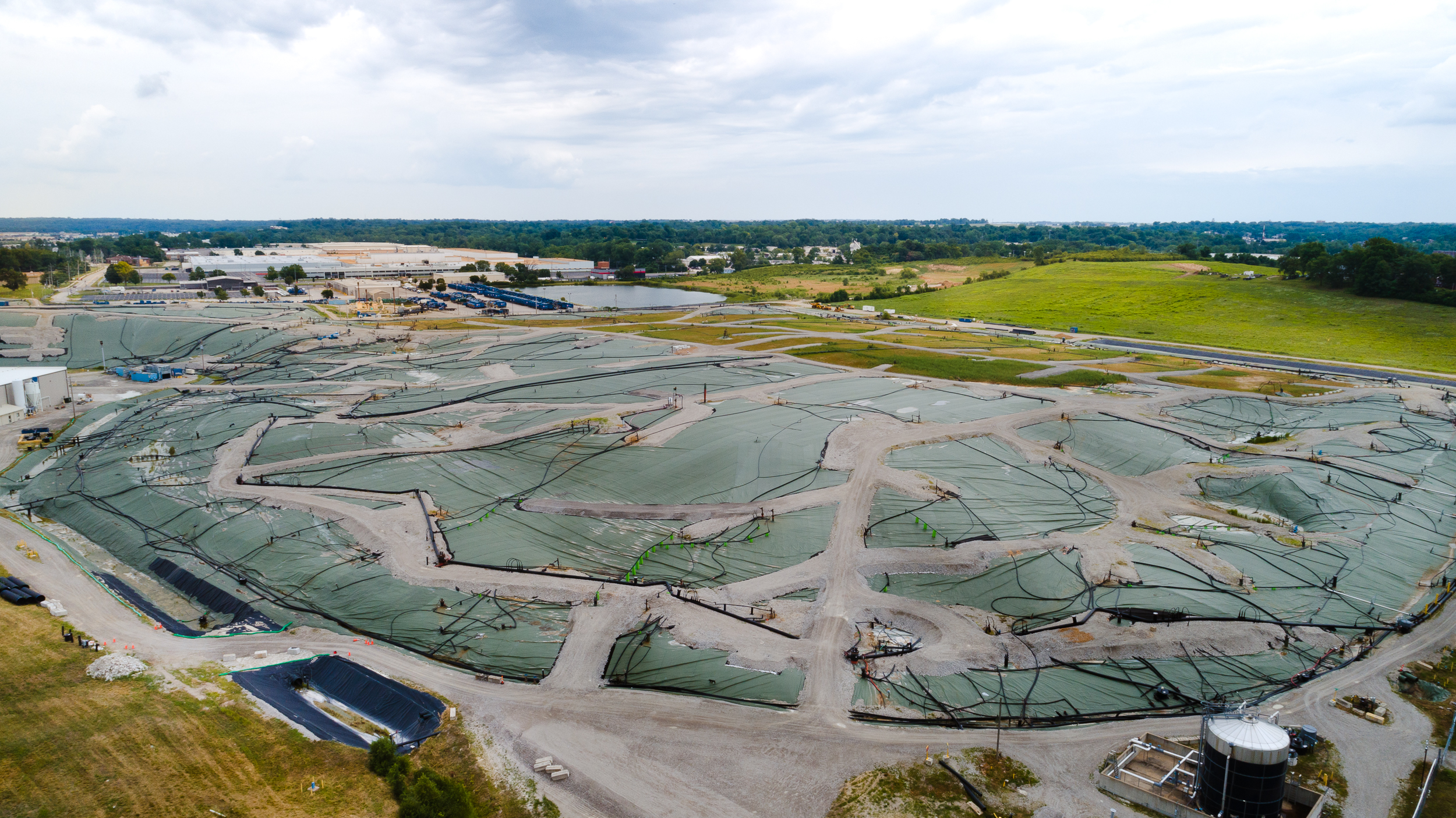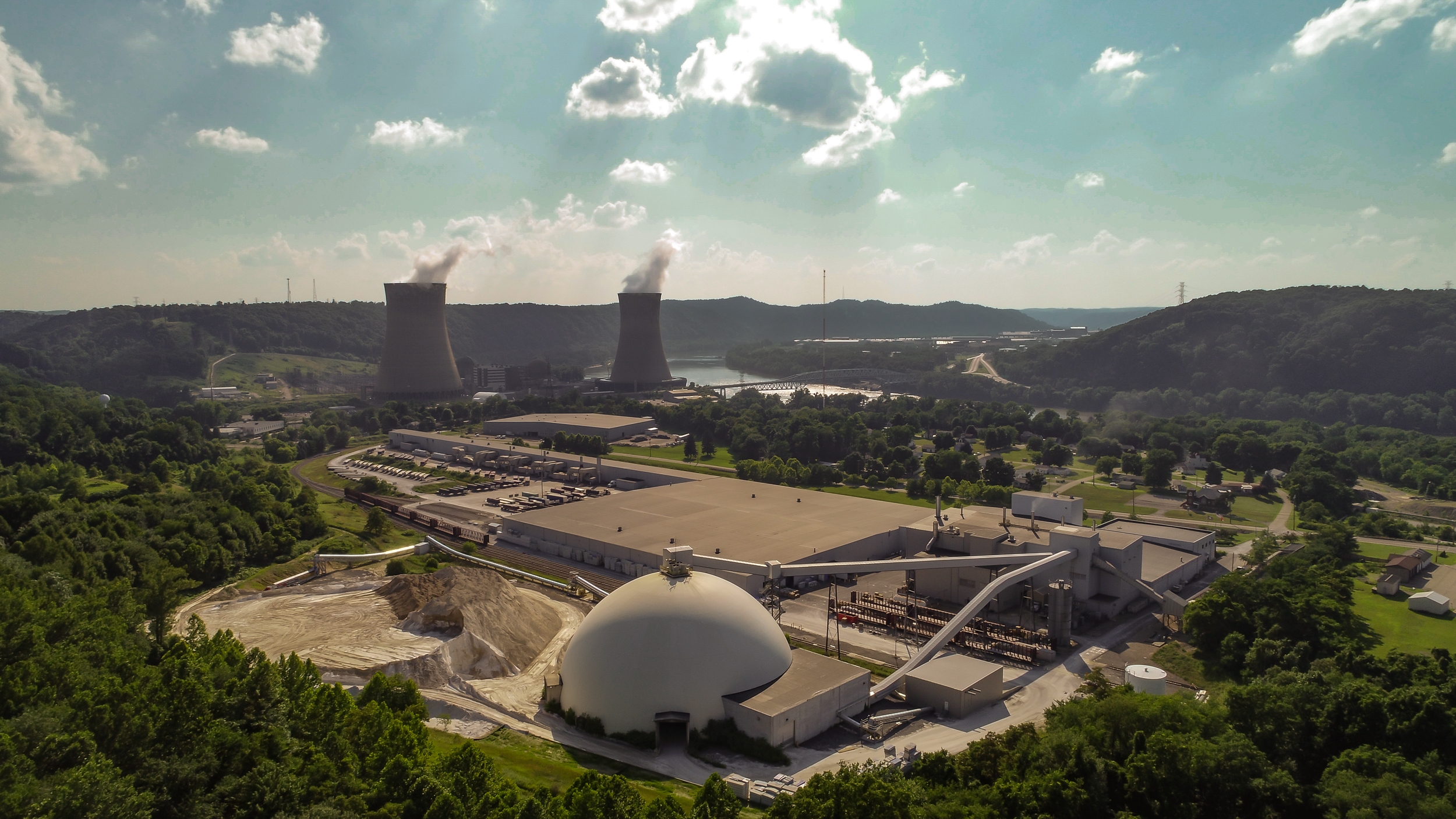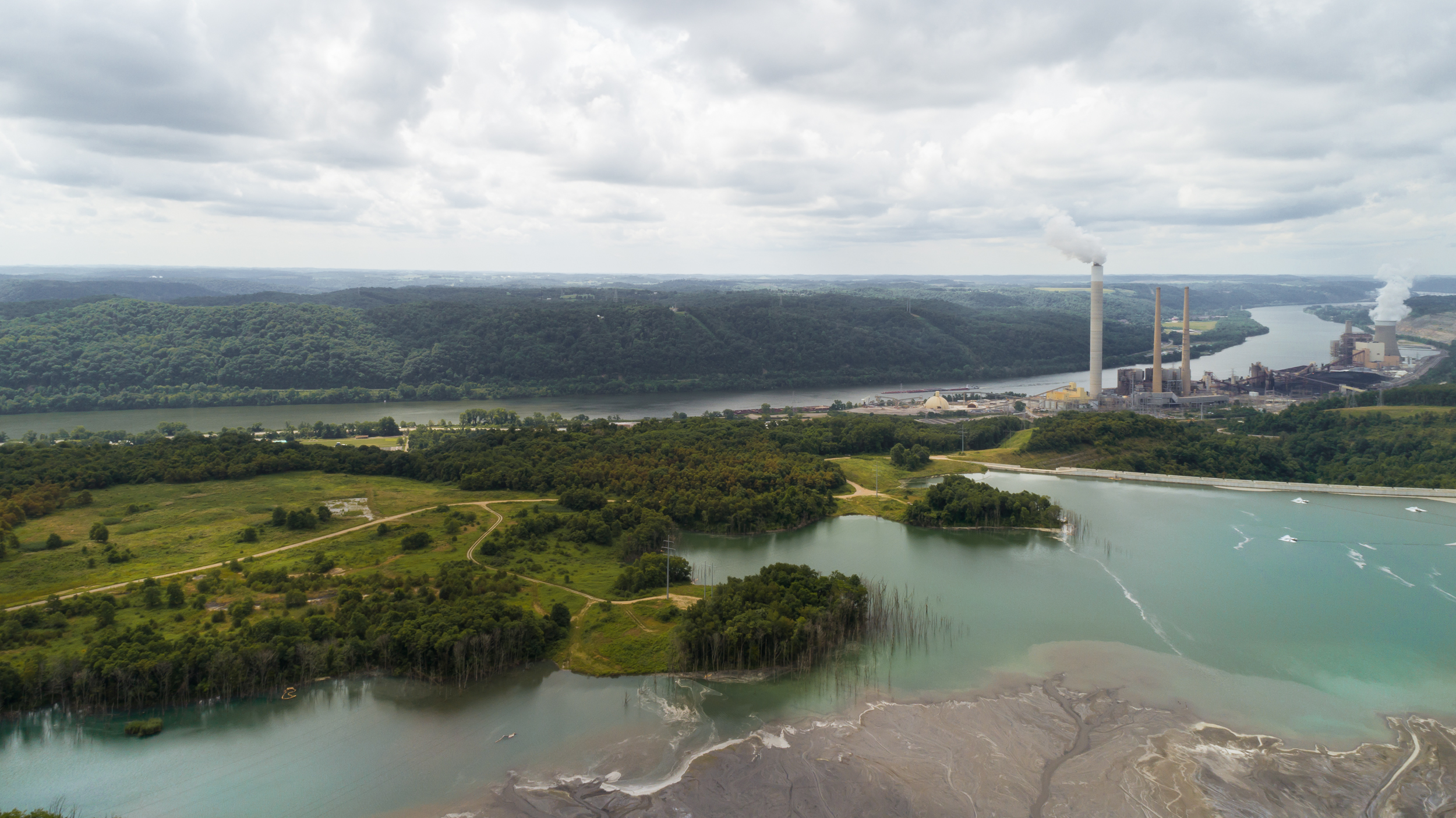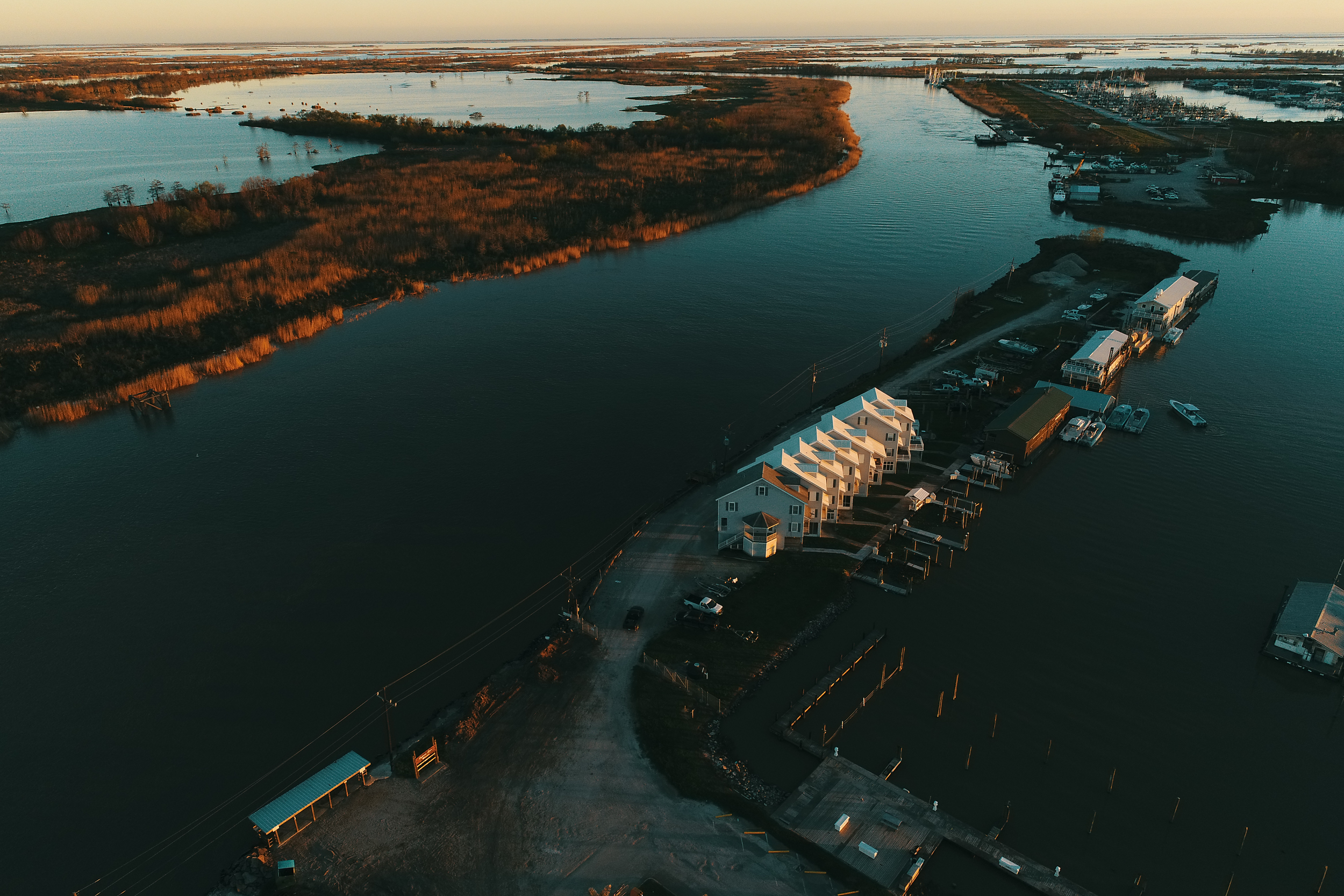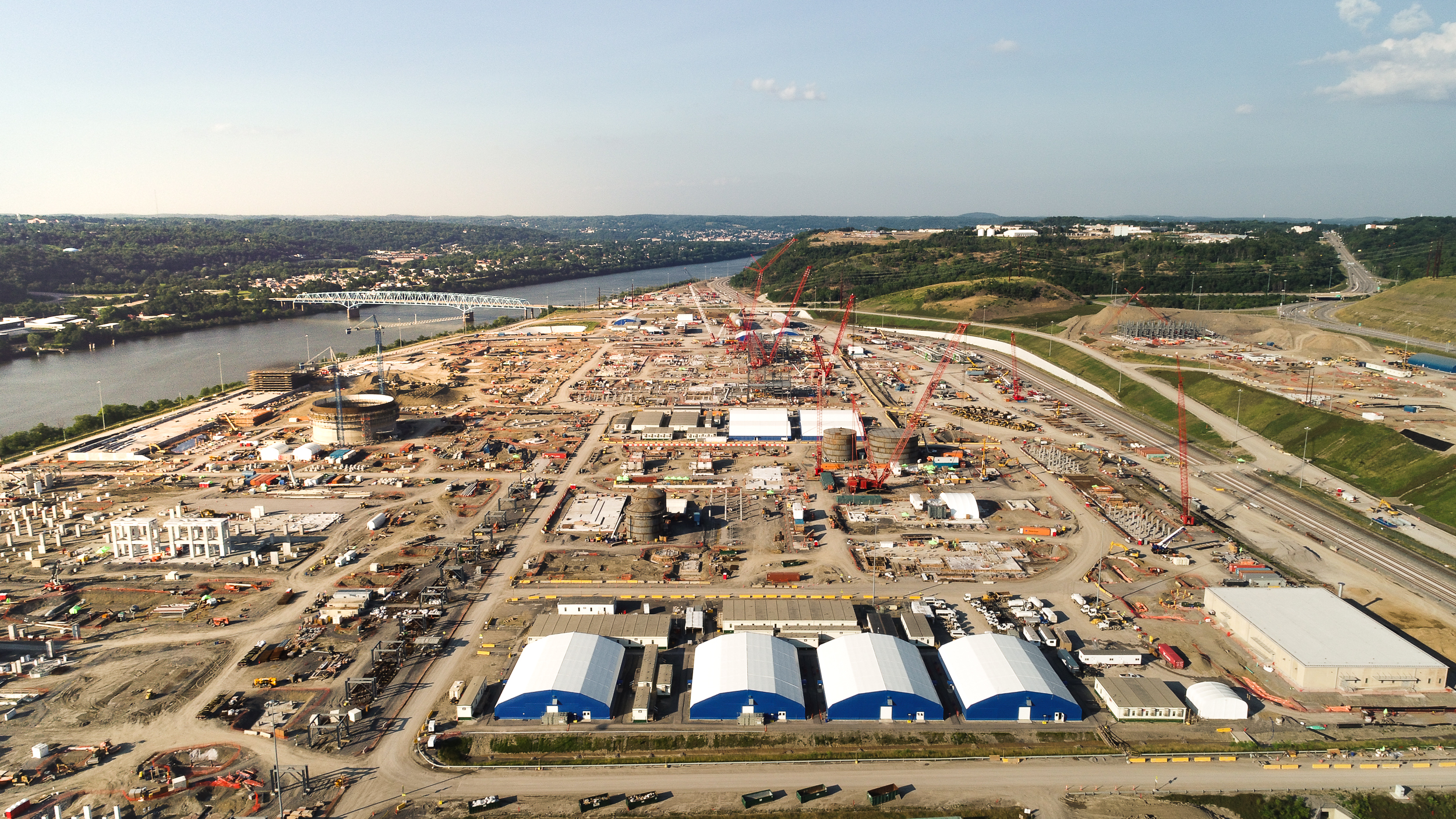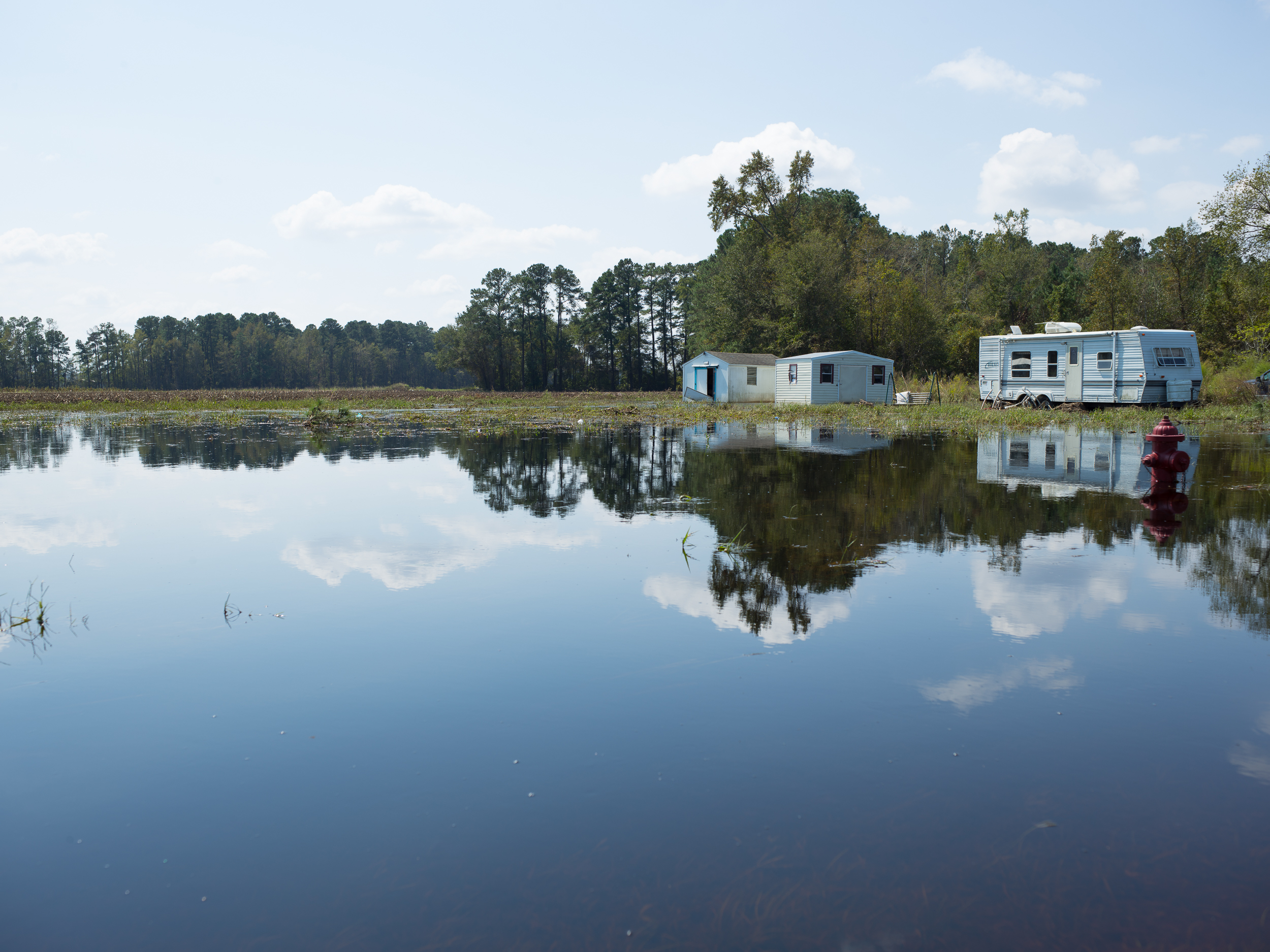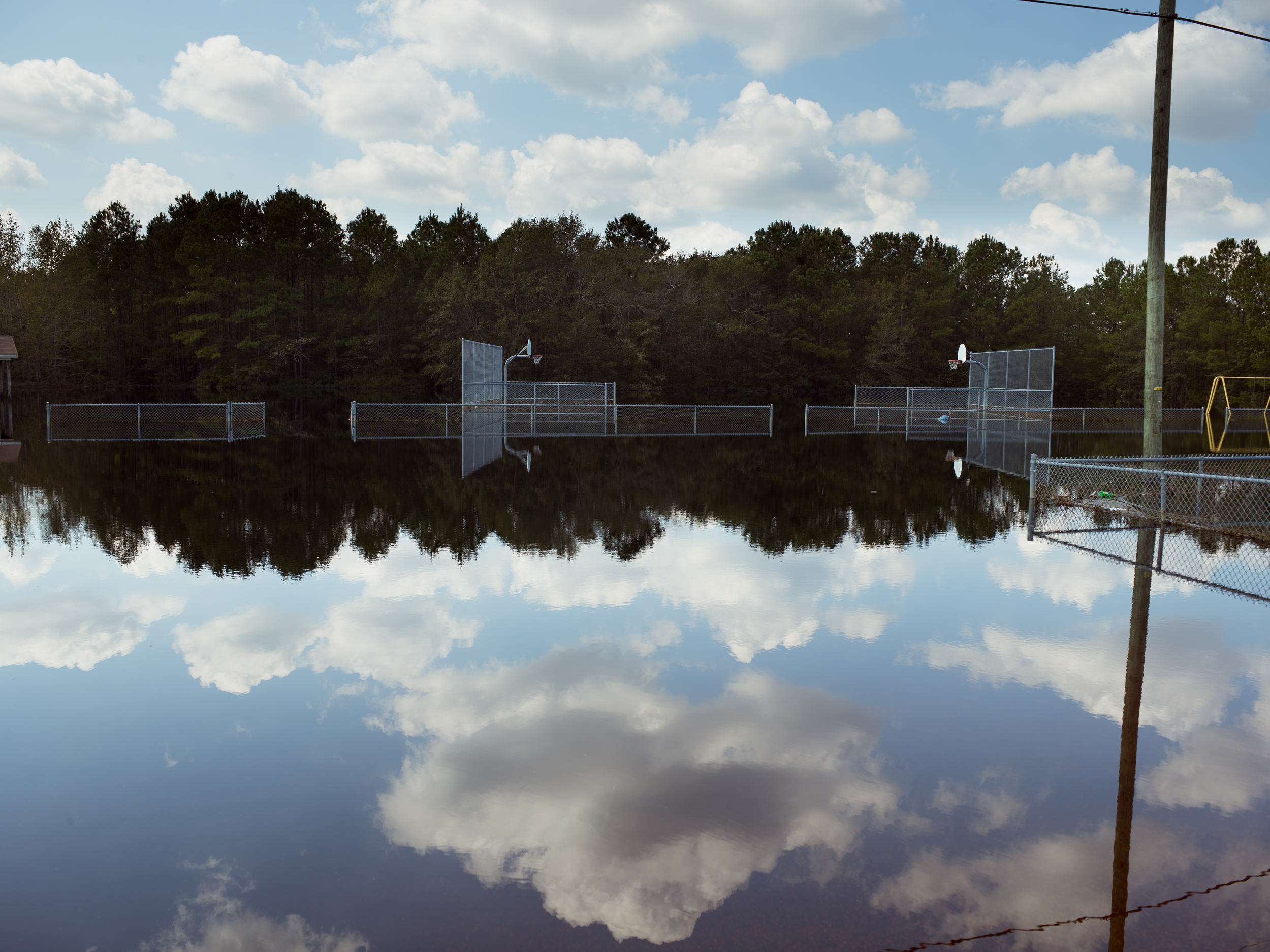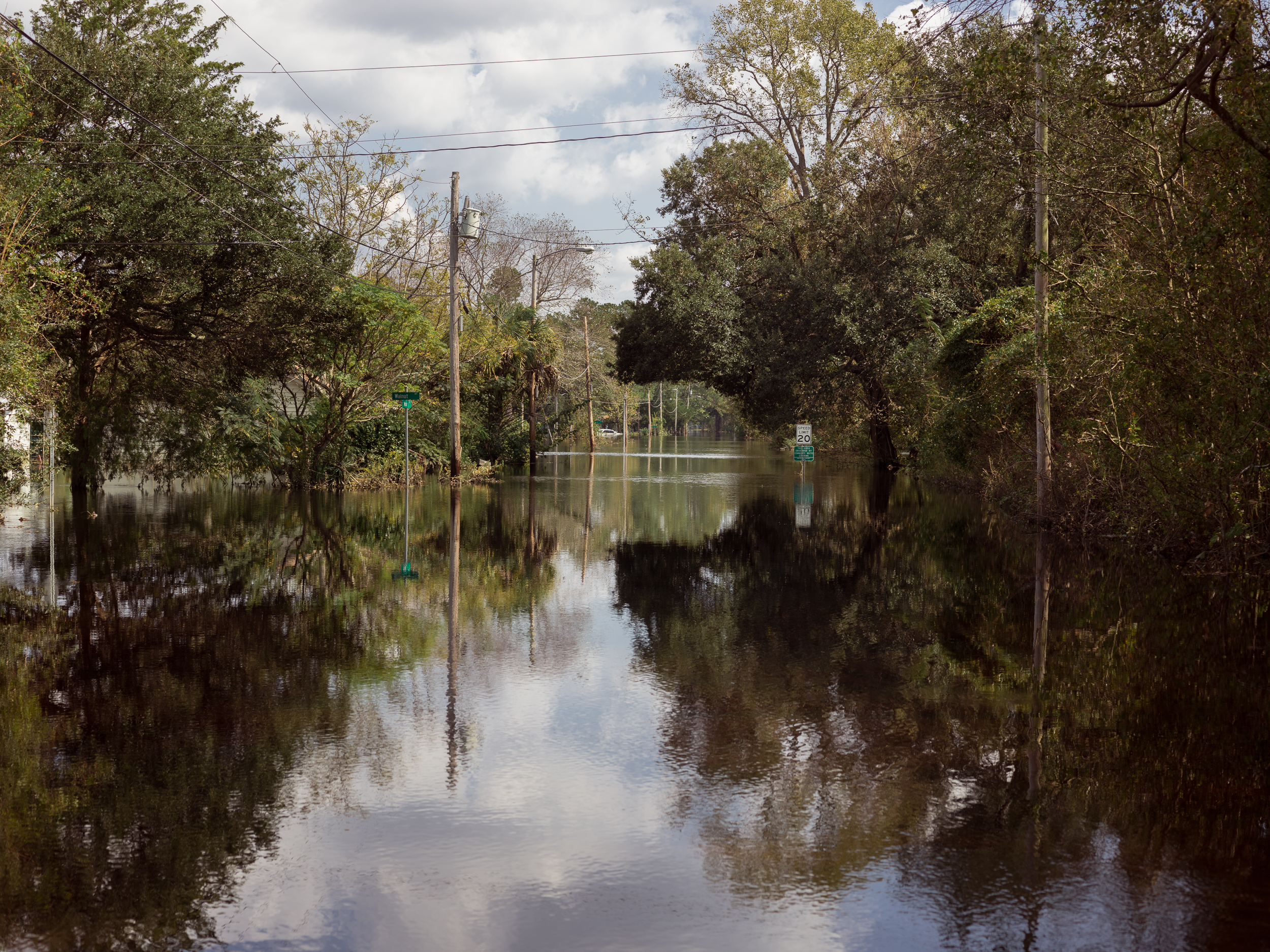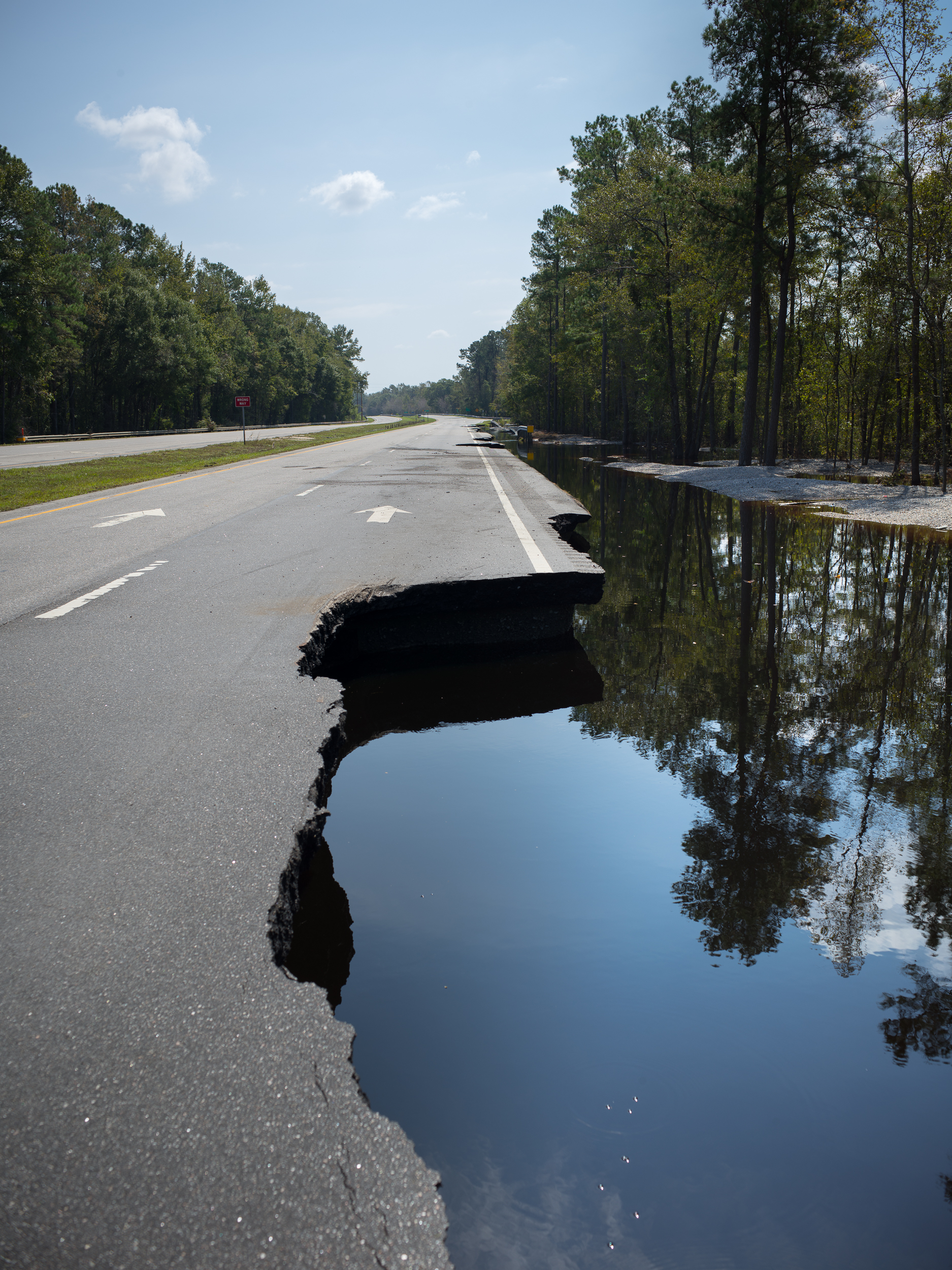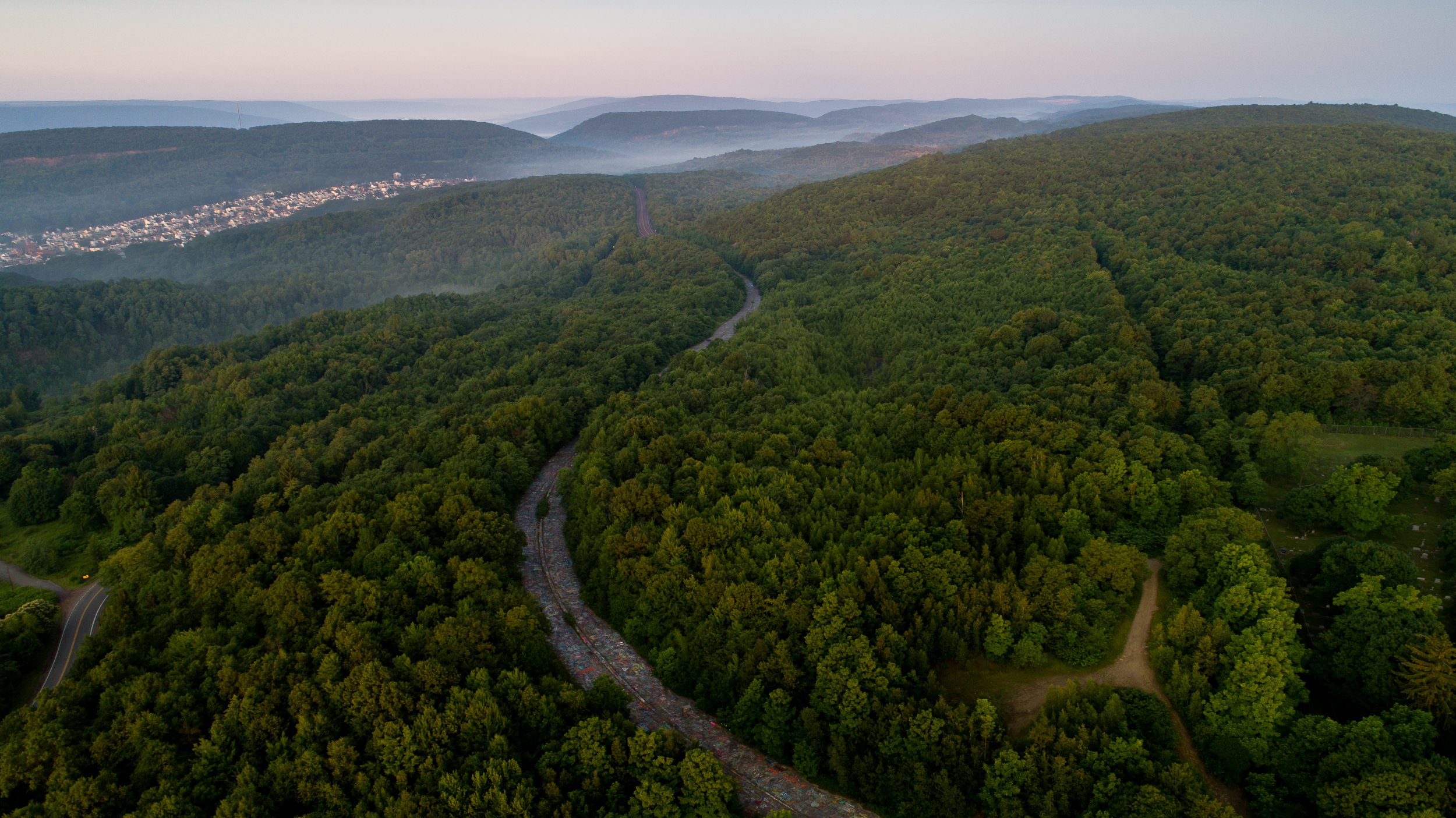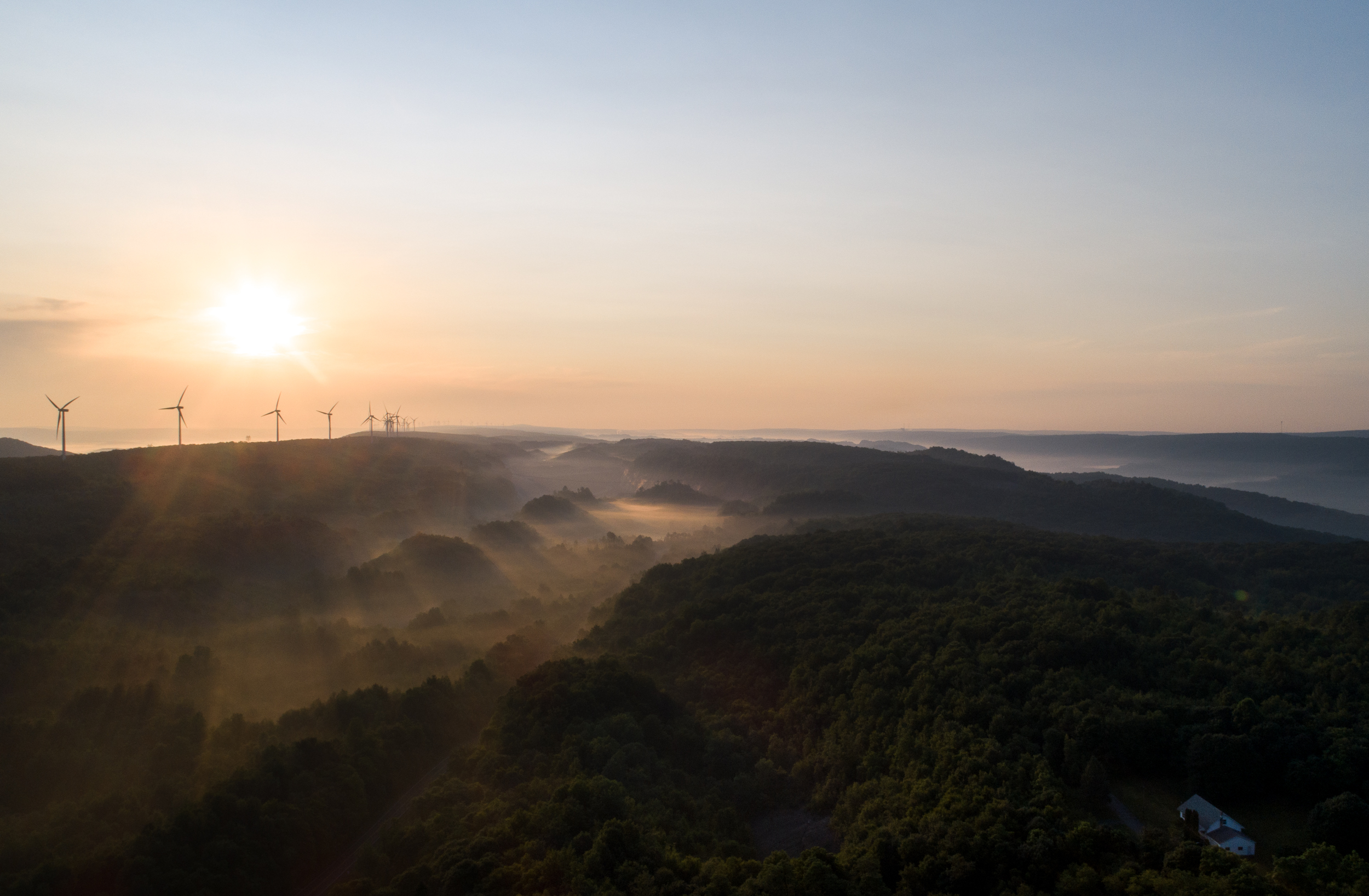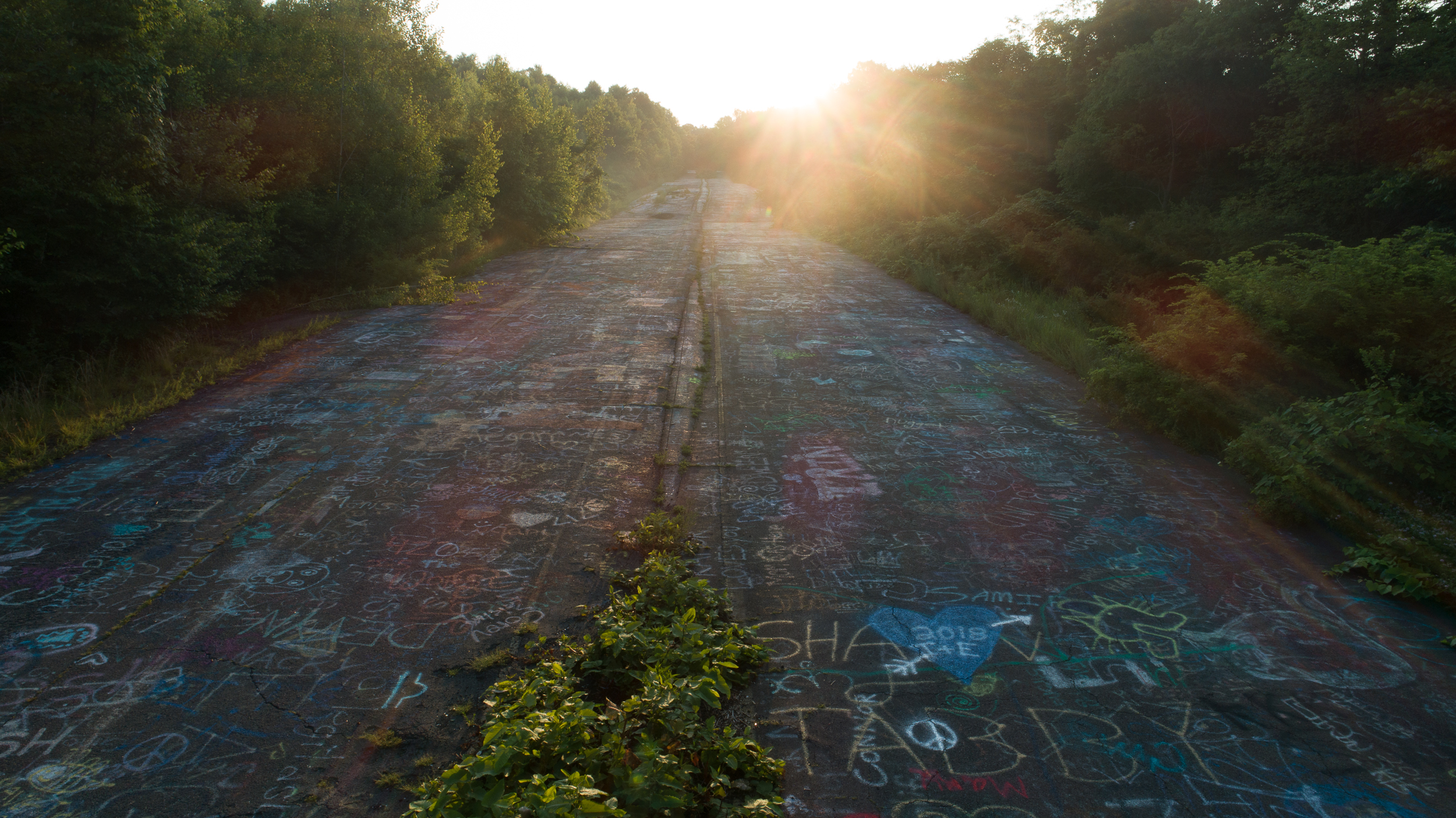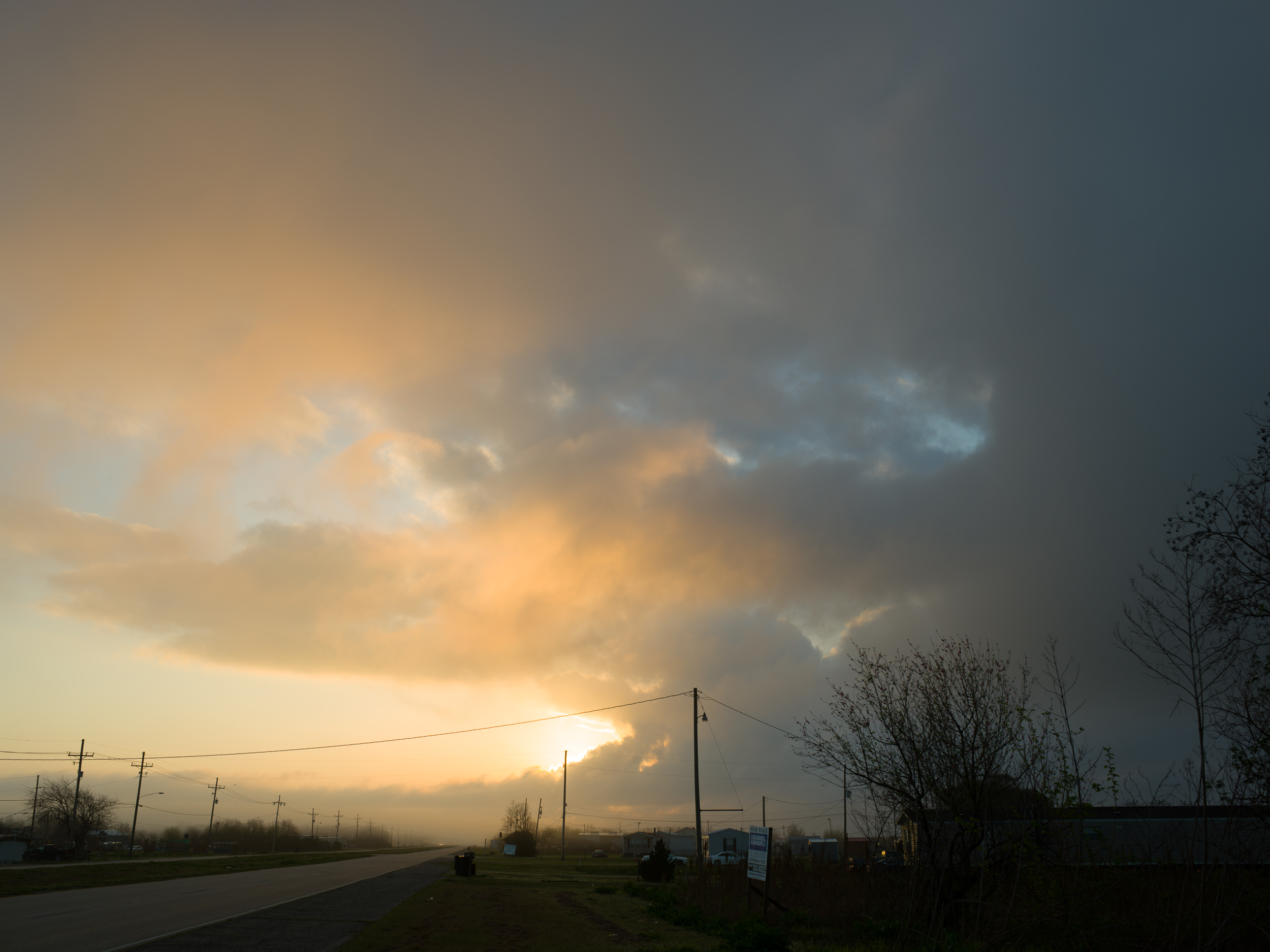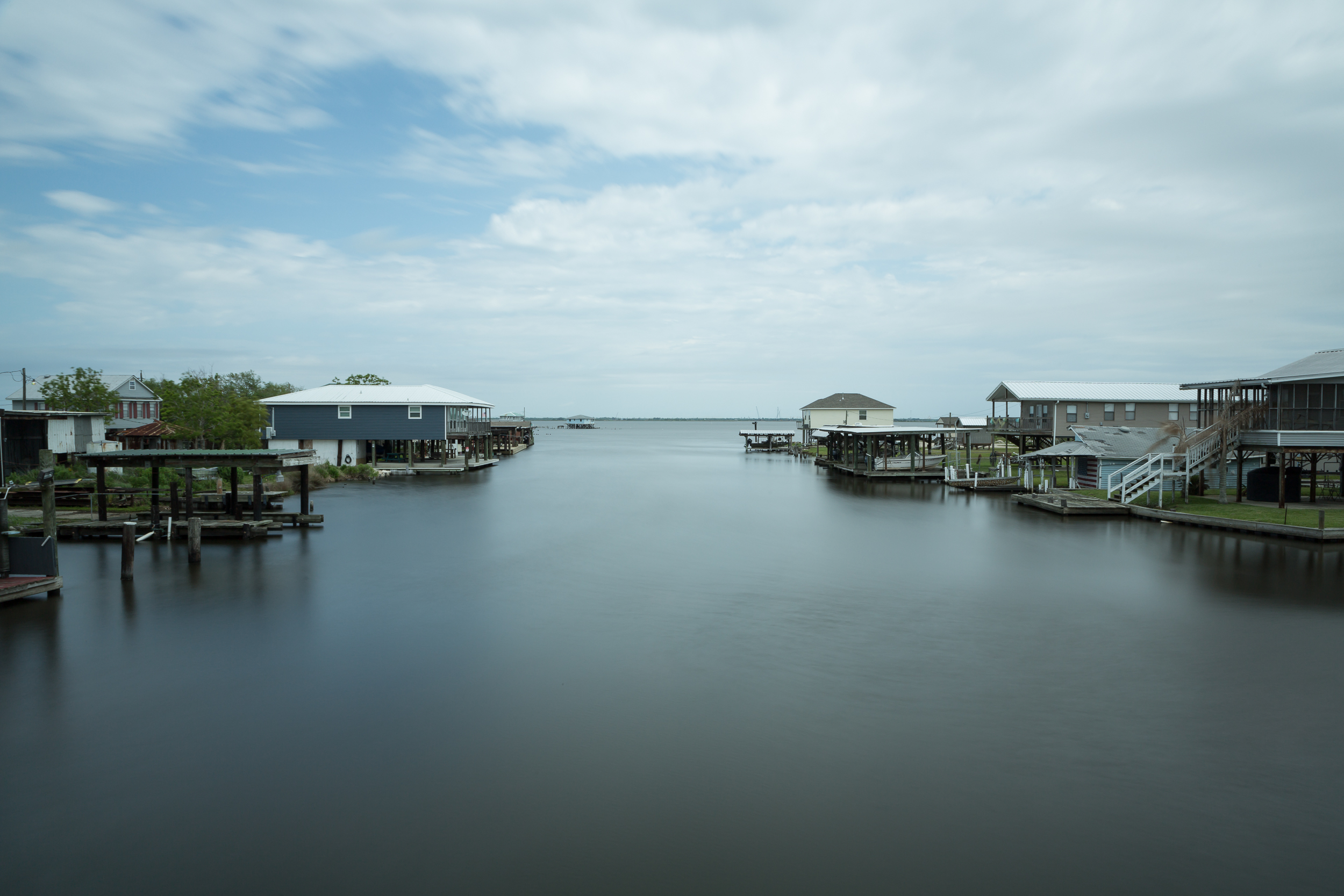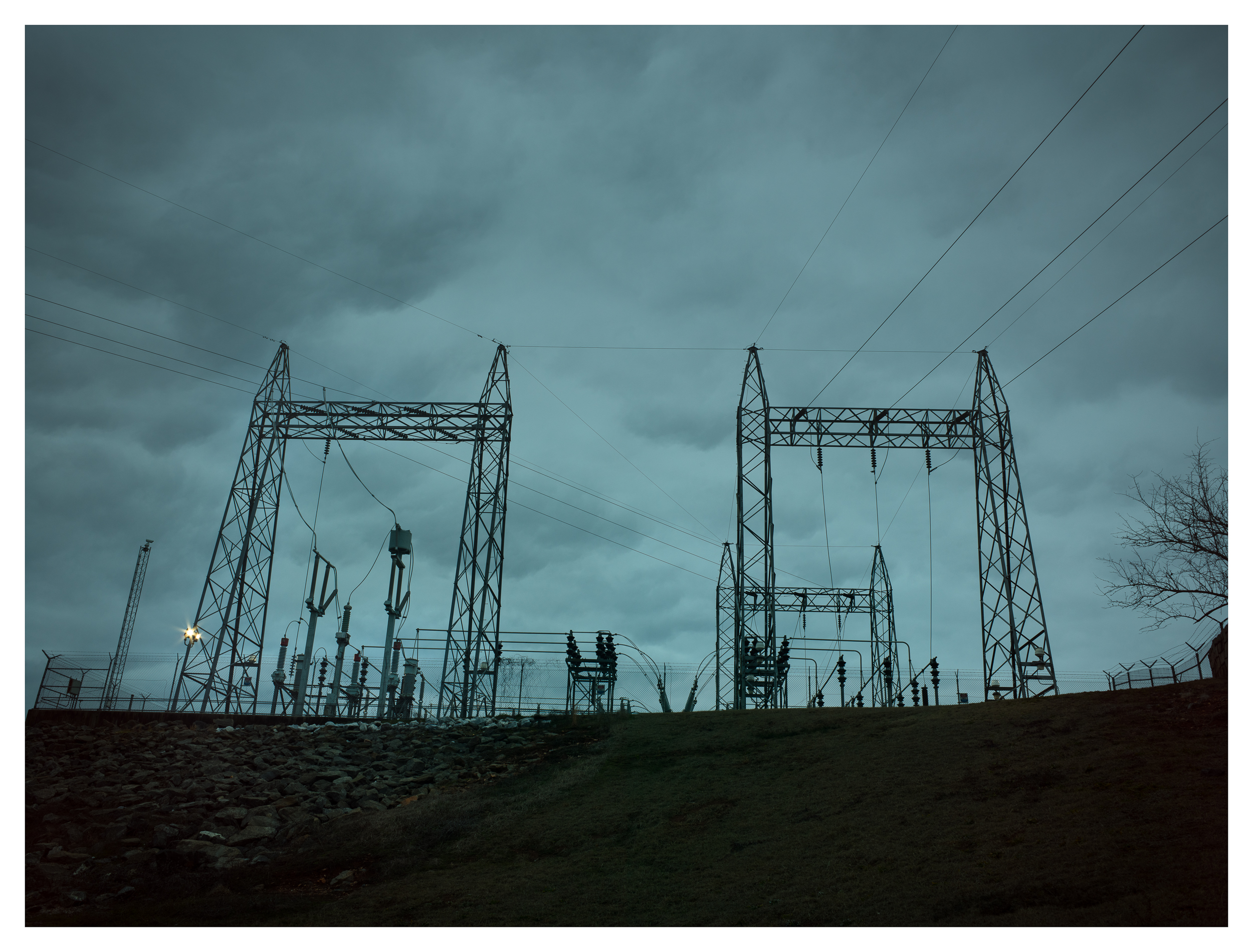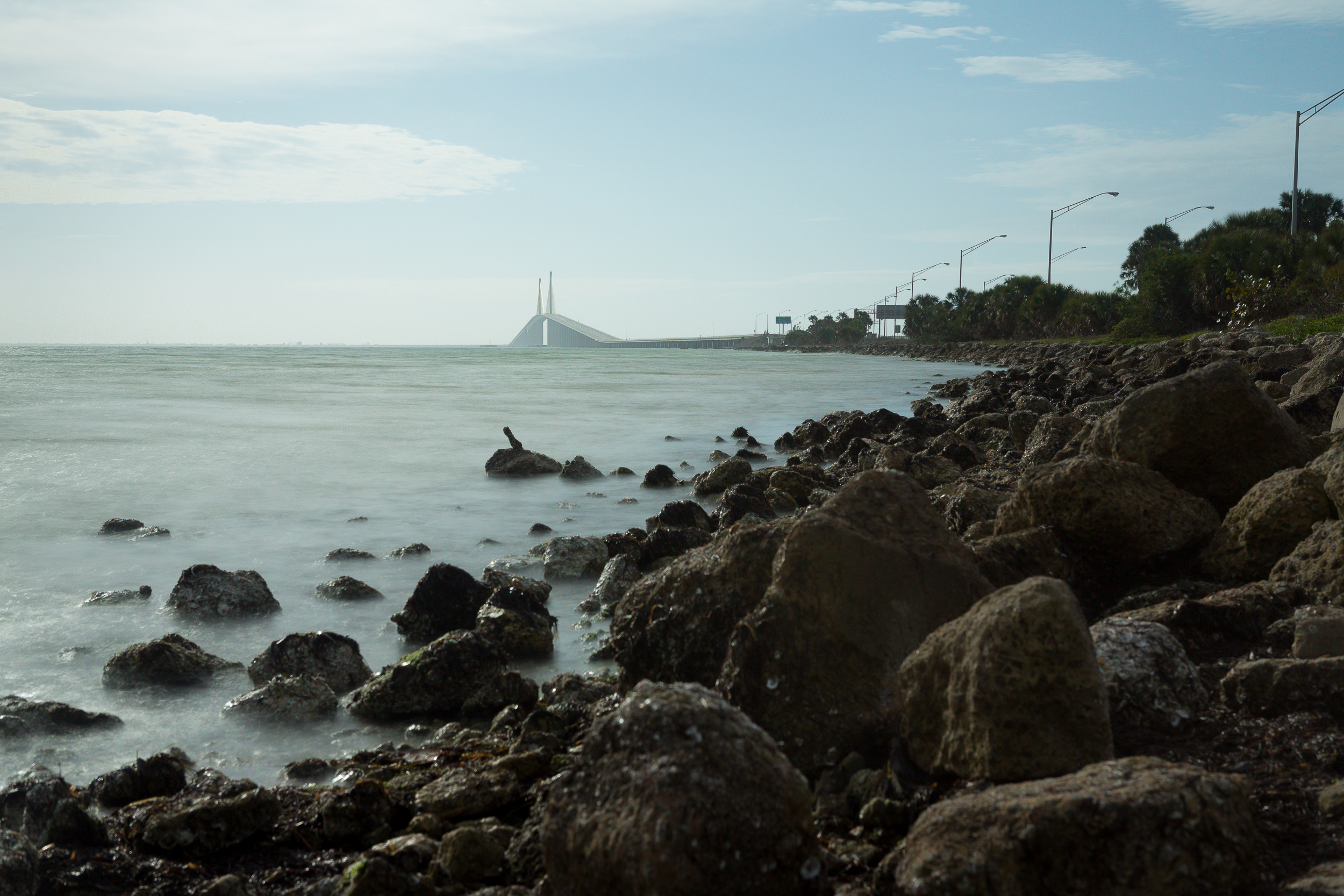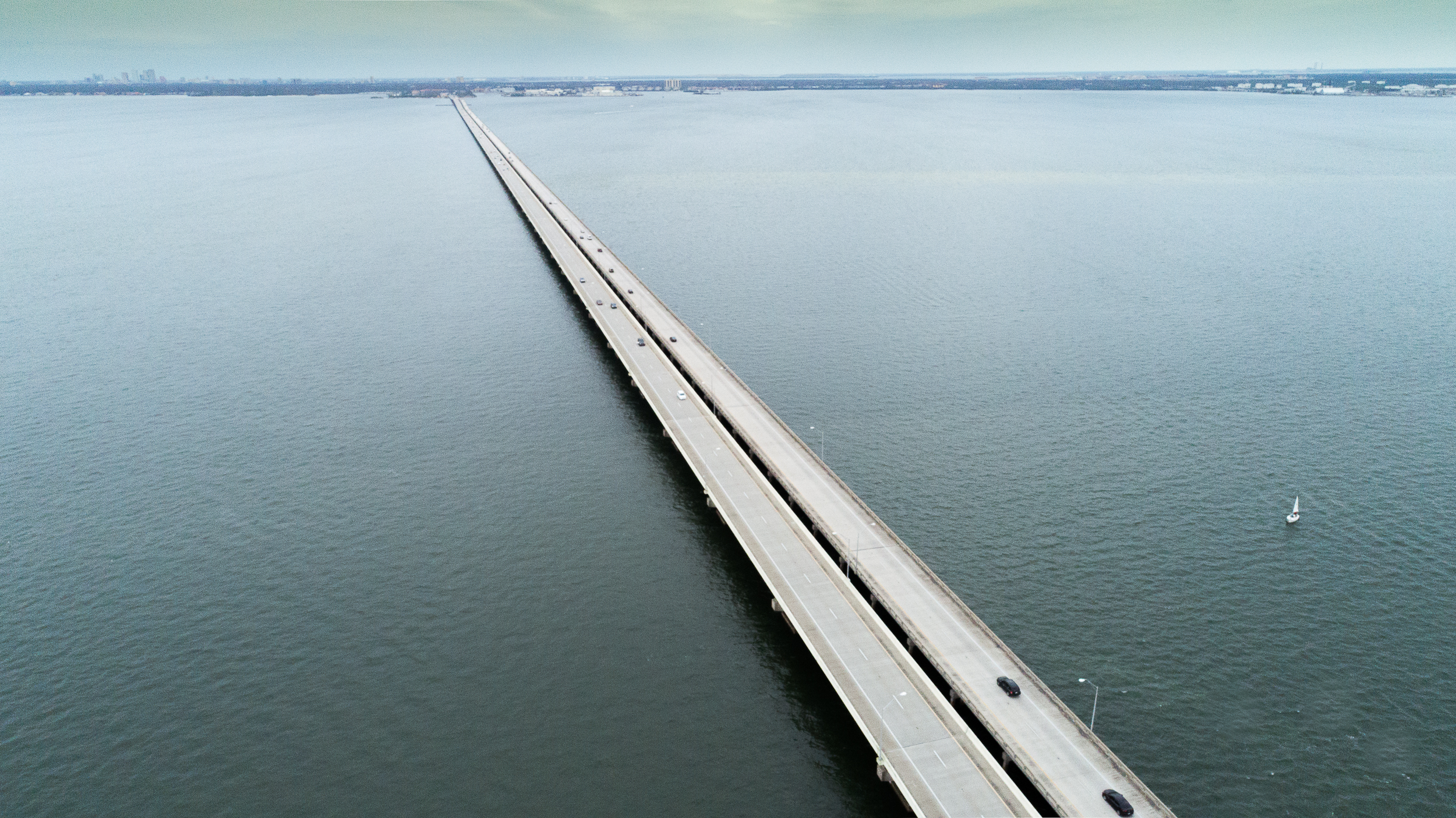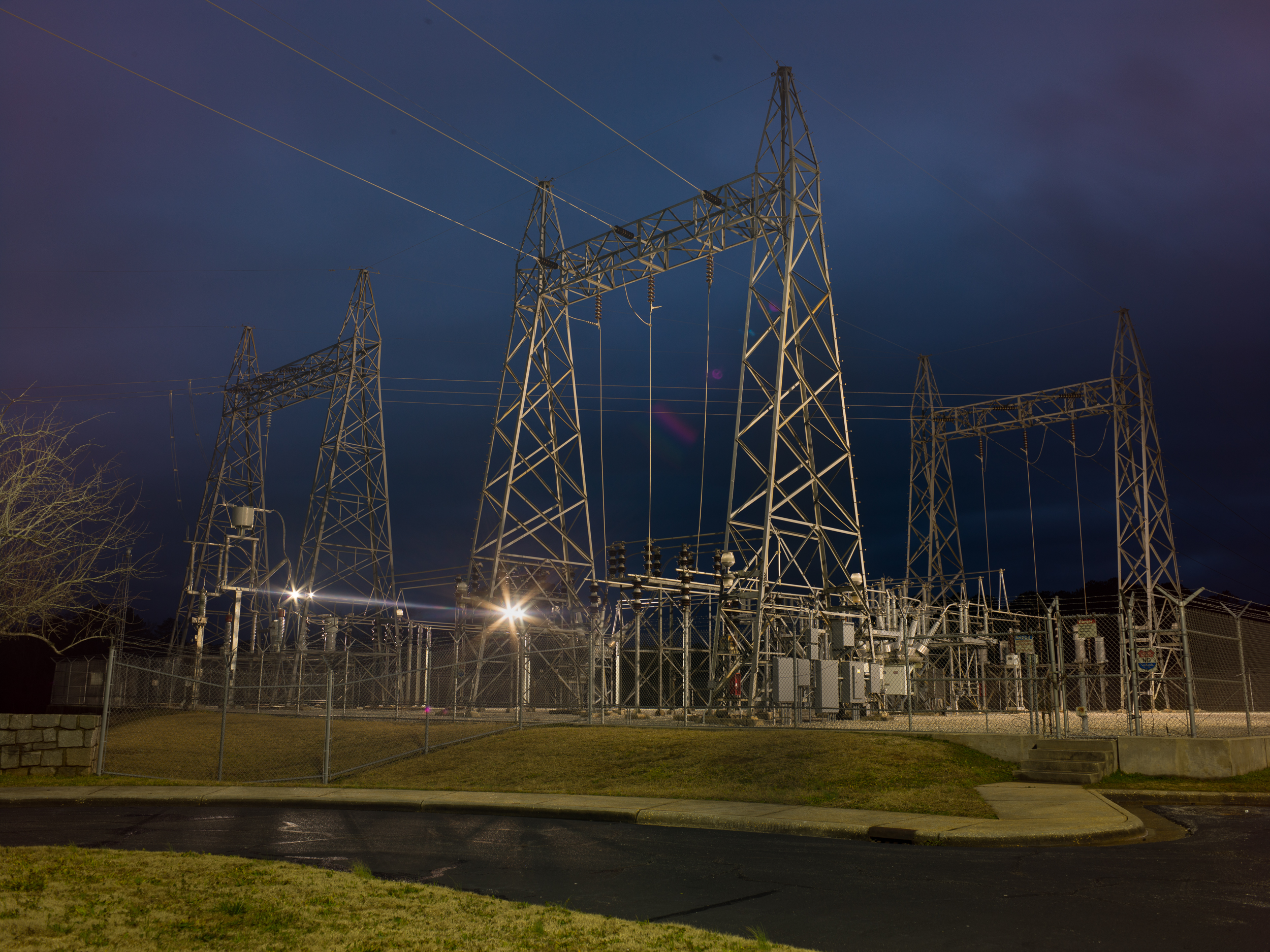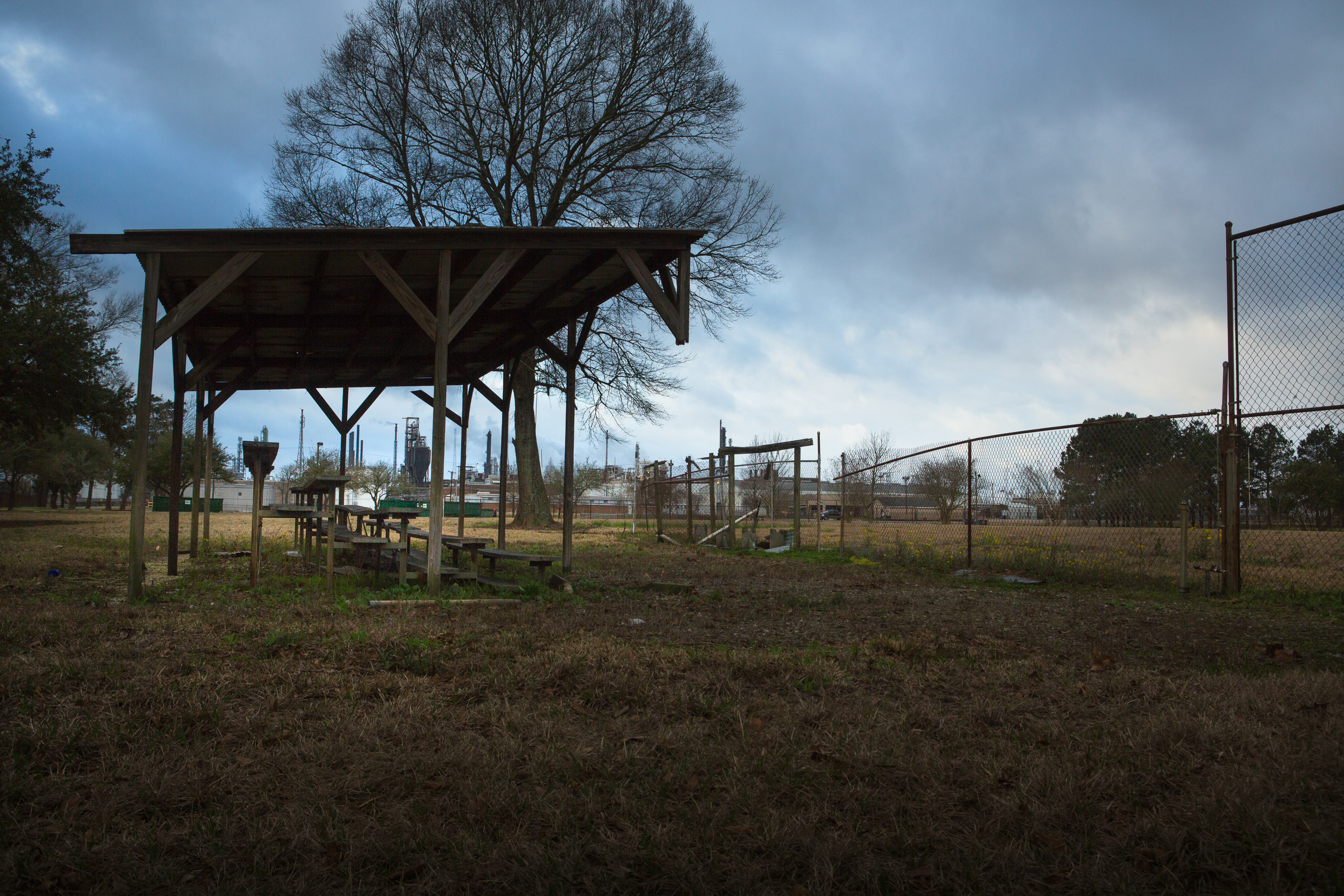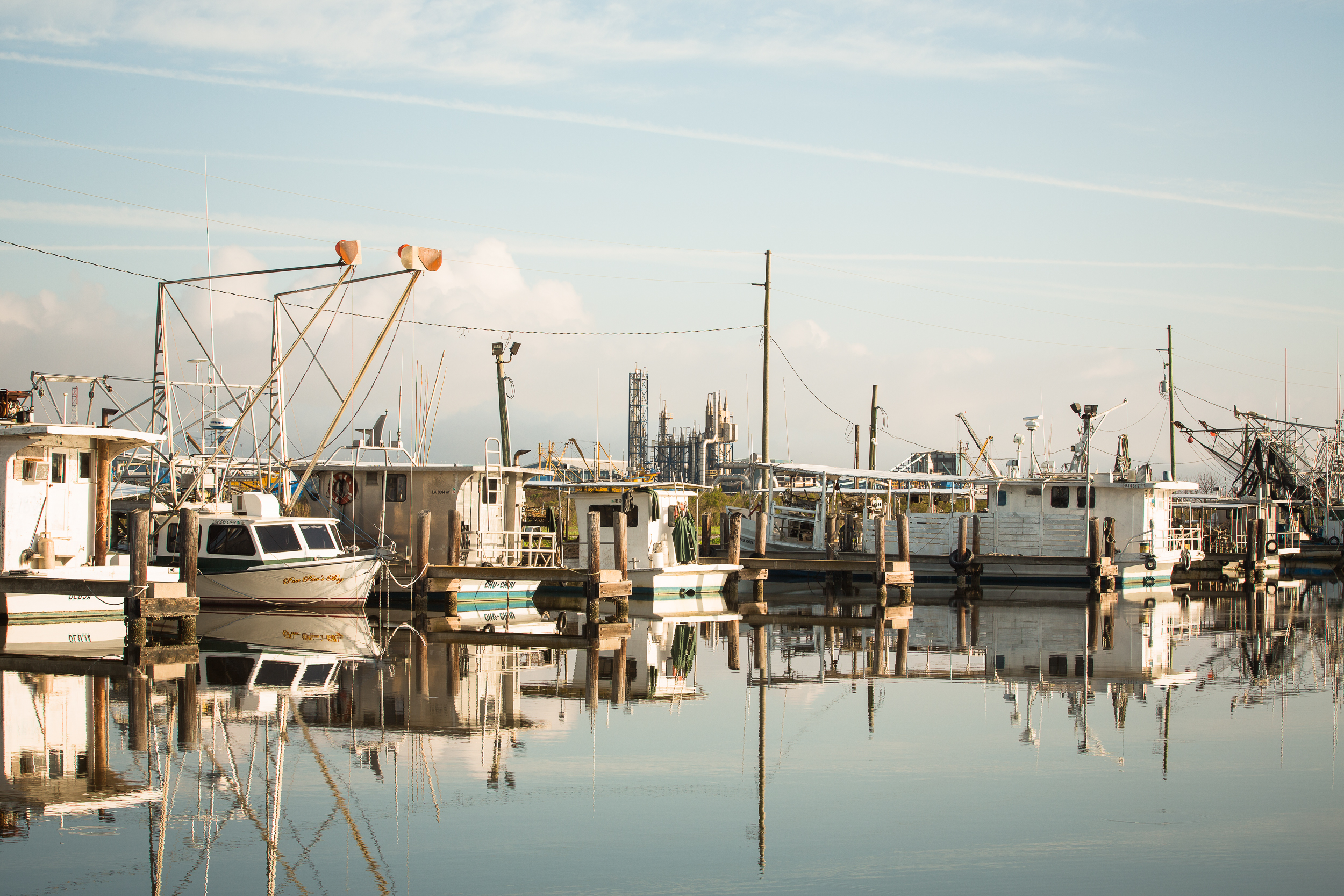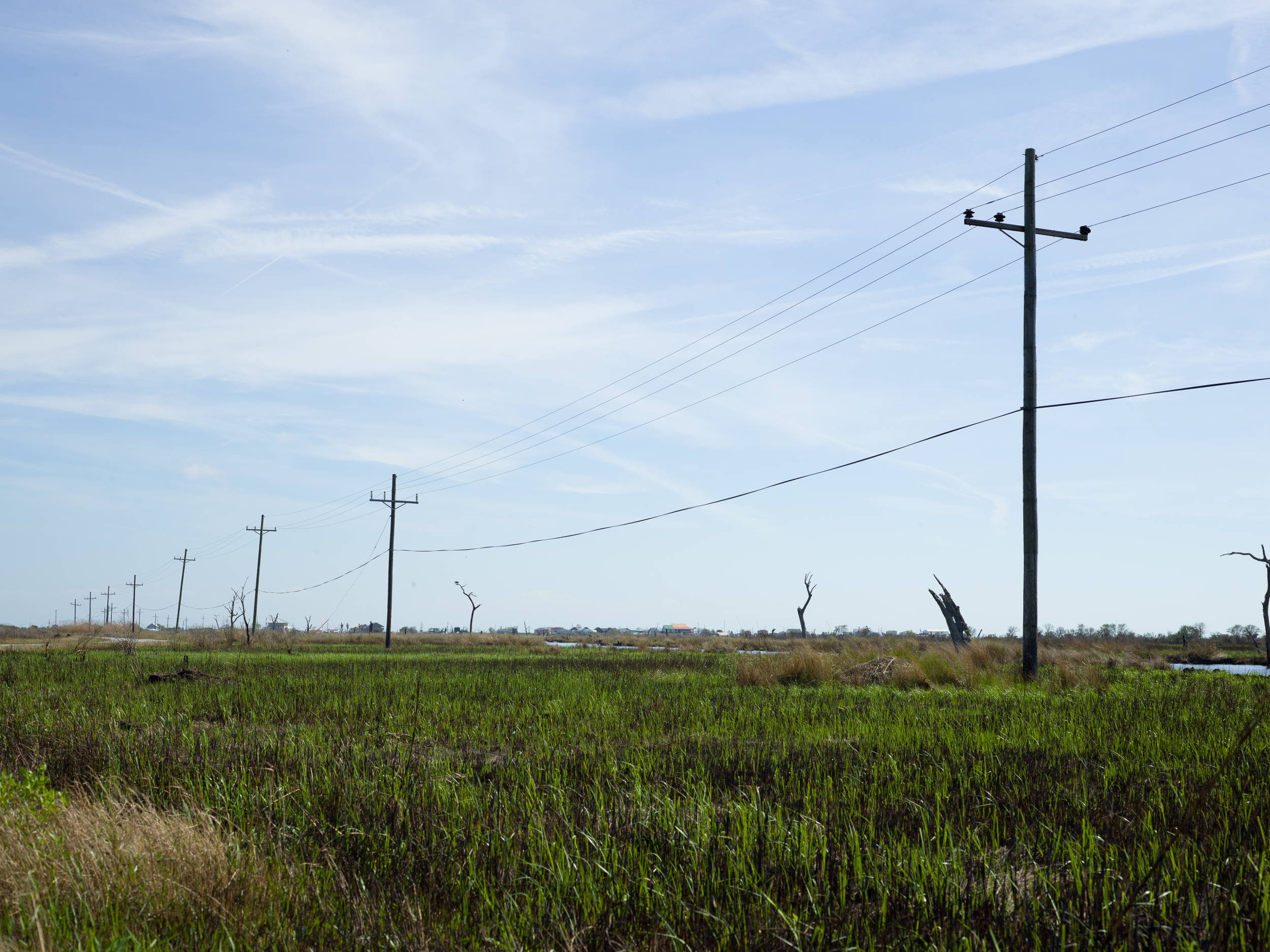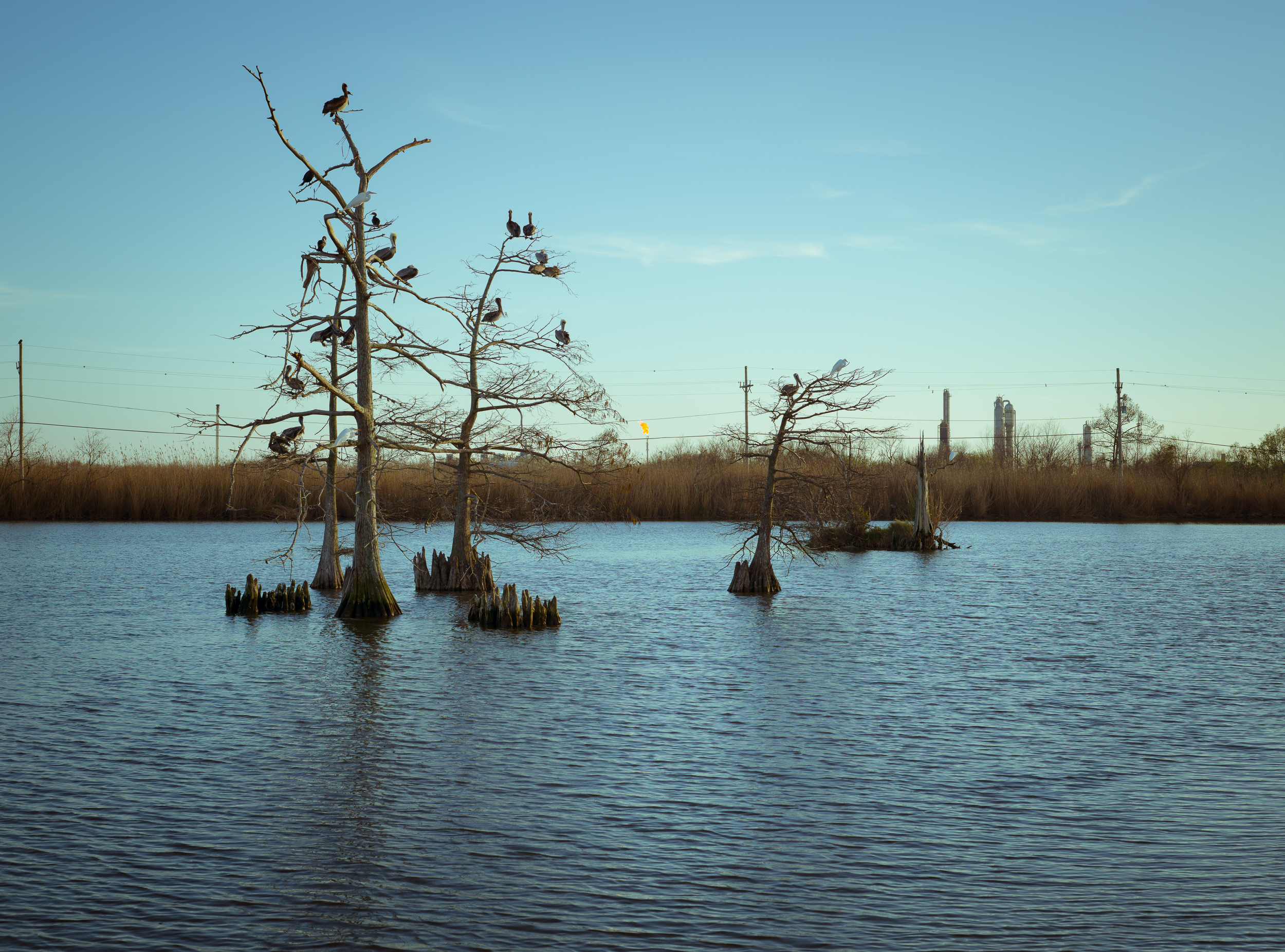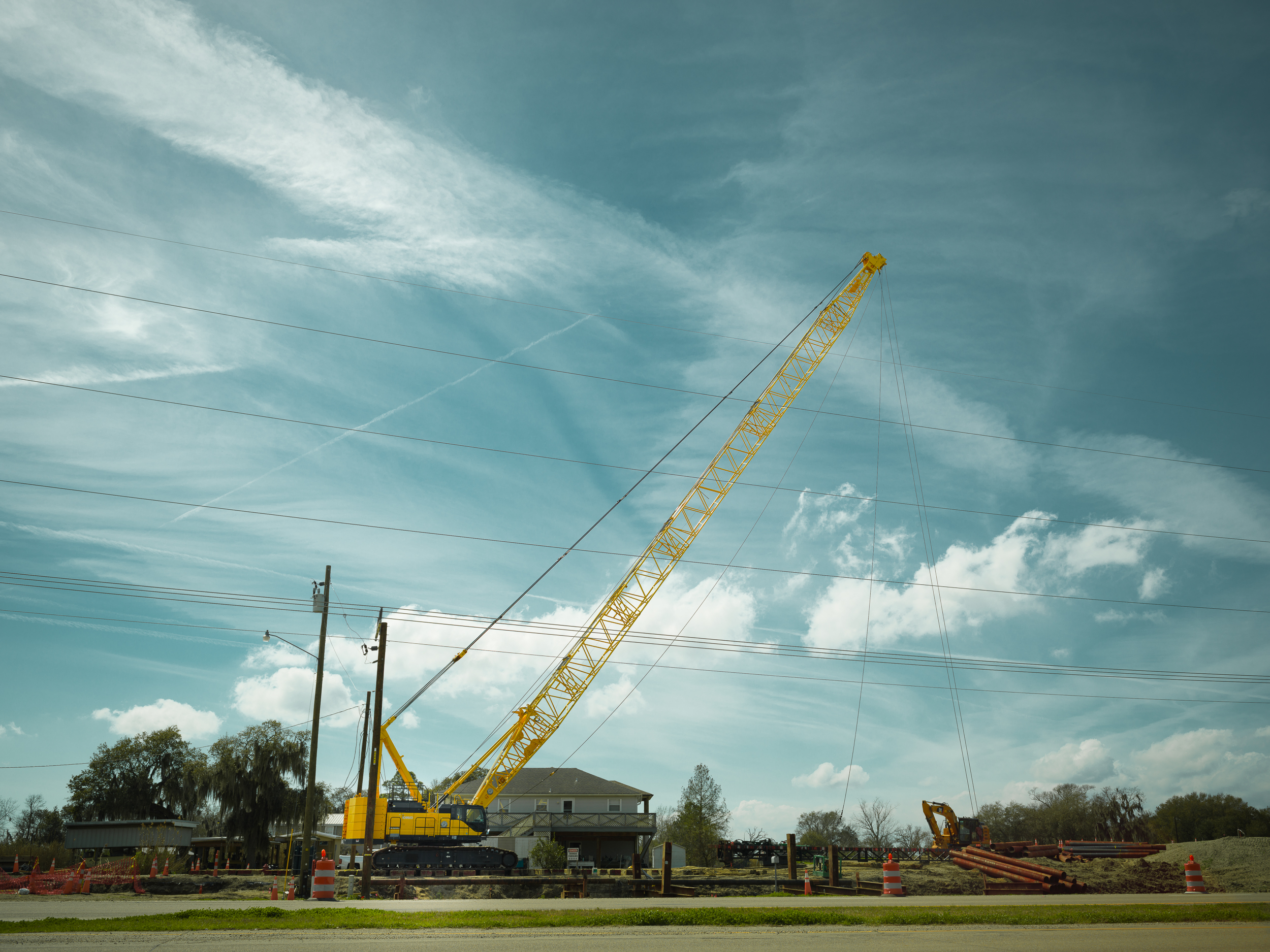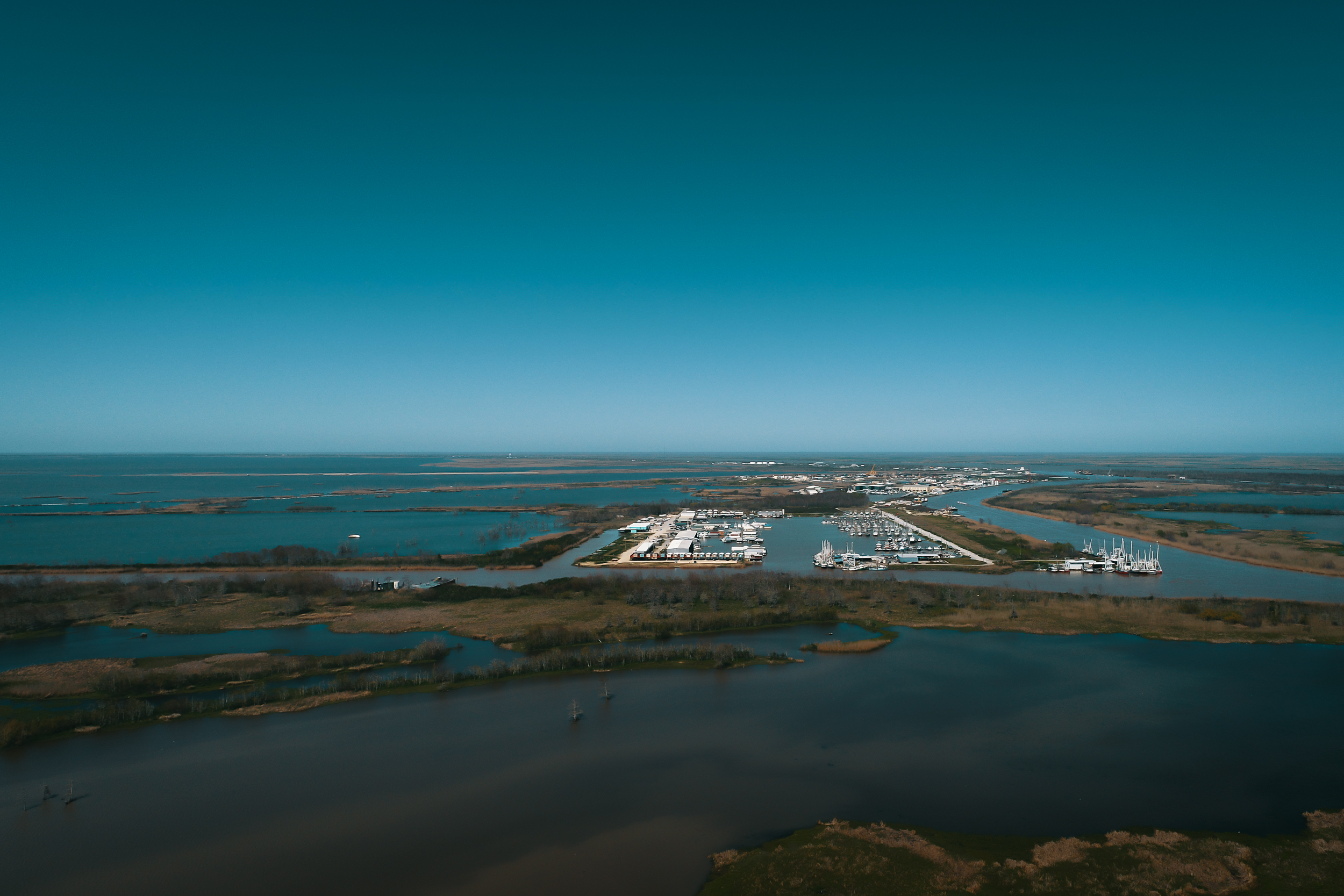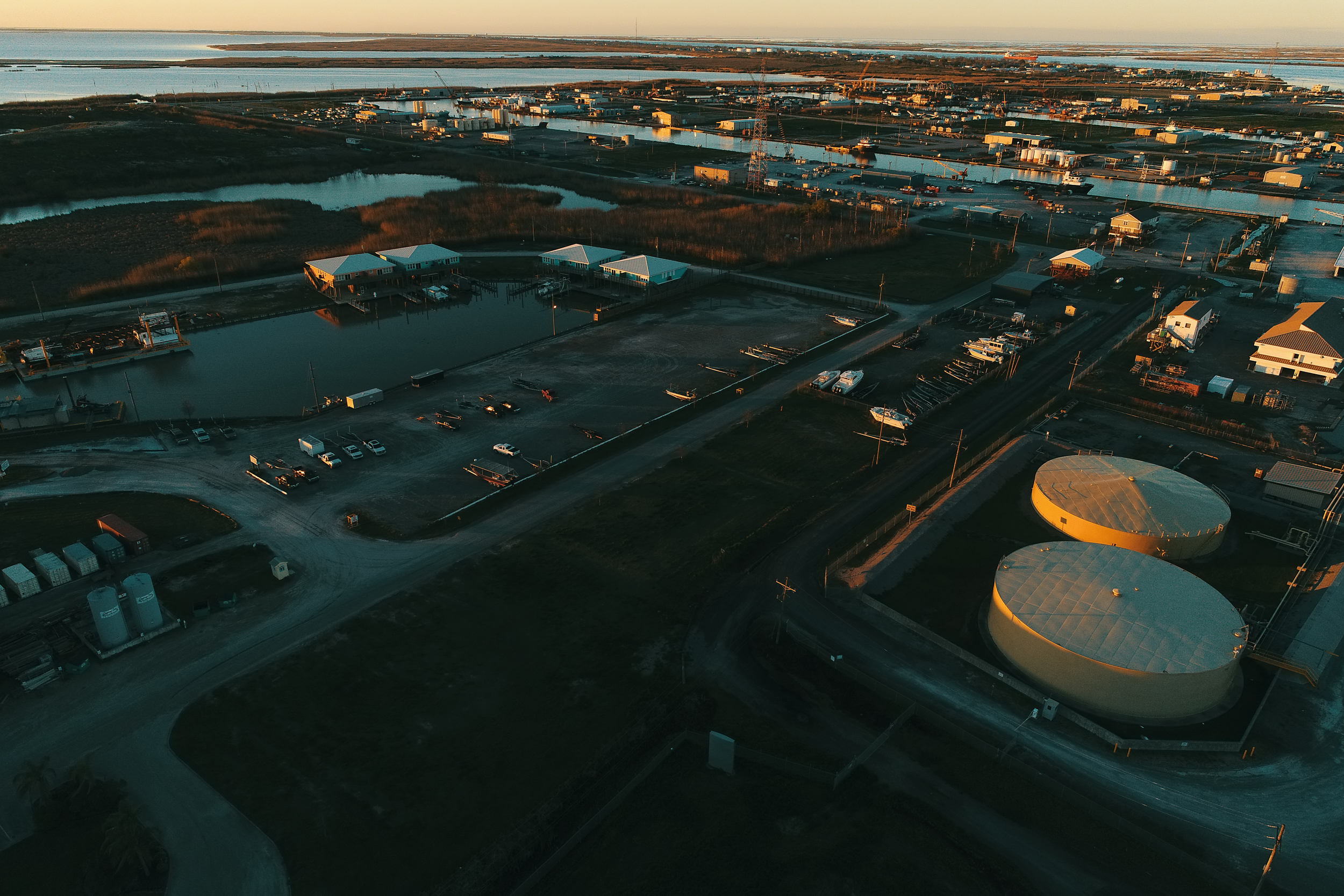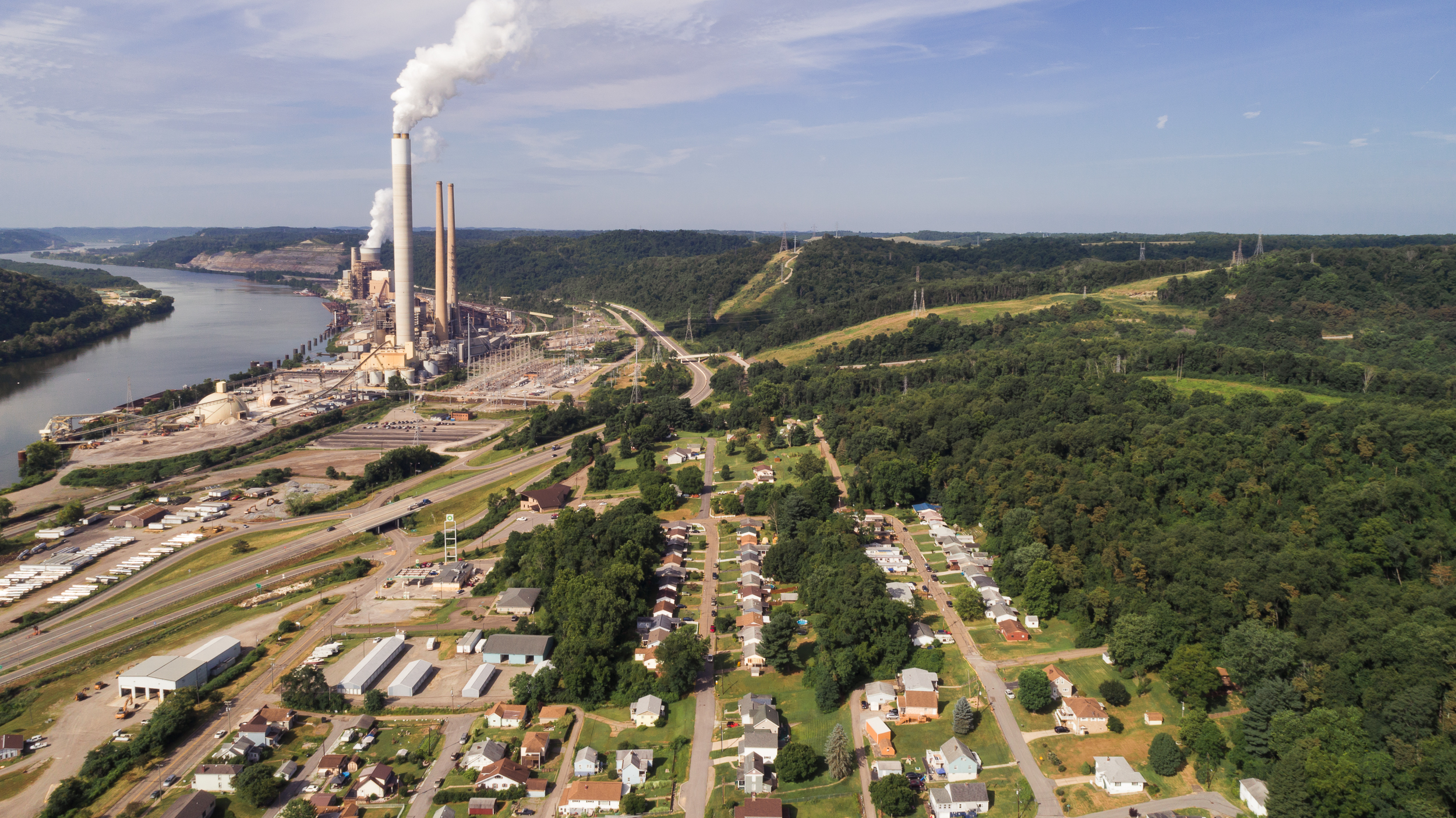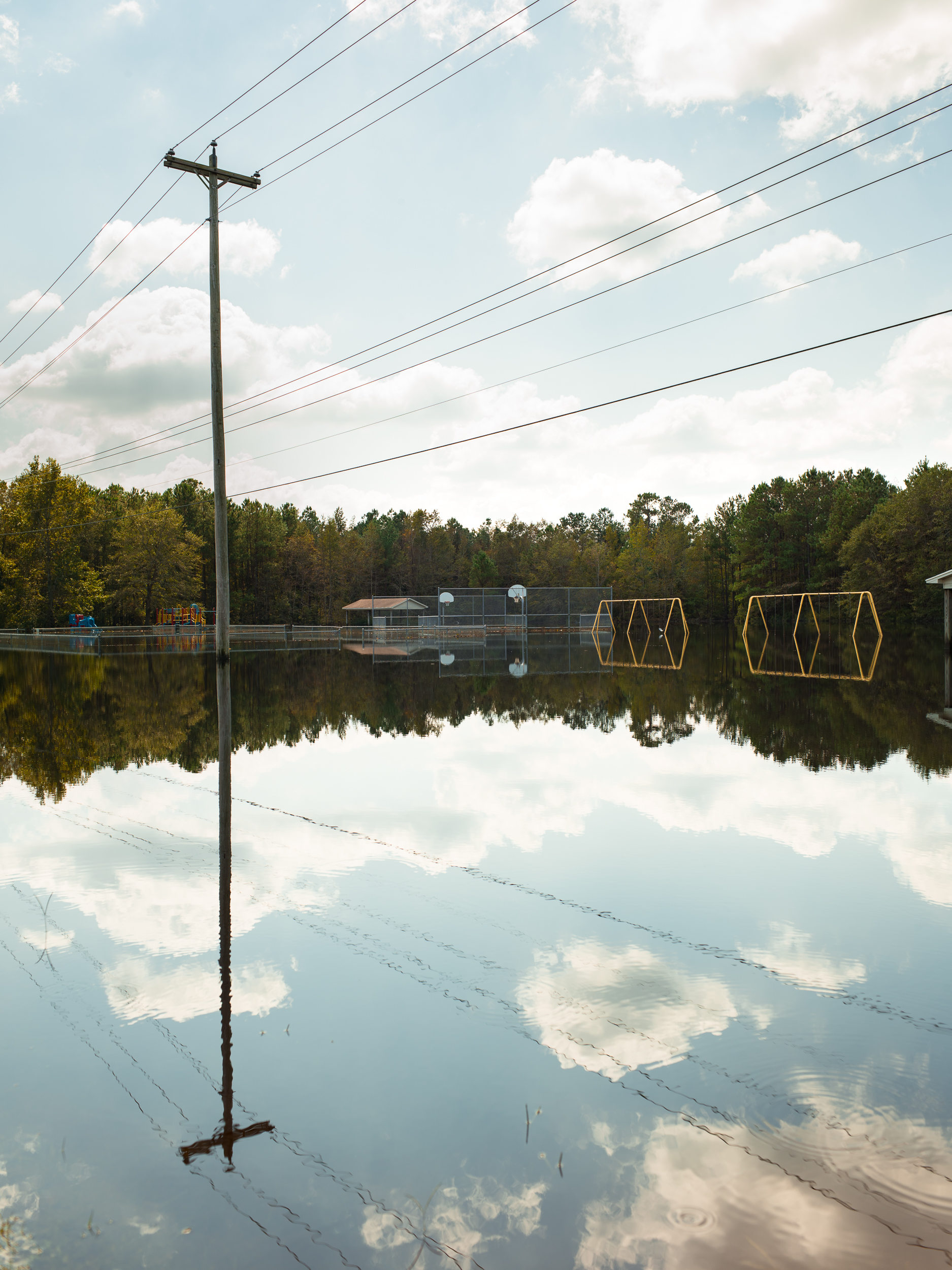I haven't always had a good relationship with my parents. I haven't always been the good son. They haven't always been understanding. Growing up an Asian American I didn't quite feel at home anywhere - not quite Asian, and not quite American. My parents couldn't understand my need to want to be "more American" insisting instead that I behave by traditional cultural Asian norms. Predictably, it led to a lot of conflict between us. I became increasingly distant and inaccessible. Not surprisingly, I found trouble to get into and for a period of time I moved away, joined the military and we lost touch. I was sad they couldn't accept me for whom I wanted to be but I felt the need to find my way as if my very existence depended on it.
Over a long period of time apart we all changed. My parents became more understanding, more tolerant, more accepting. I began to understand the importance of having a cultural identity. So where am I going with all this? Since the beginning of photography, there have been seemingly unending discussions of what it is and what it is not. Is photography art, is it not? Is it merely a mechanical reproductive process? What sort of value does it hold and how is it measured? Perhaps photography’s most noble characteristic is how it evokes memory and by extension, a different line of consciousness and awareness. It is the case for me. Photography as a process changed the way I thought about my subjects, which changed the way I thought about most things. A simple photograph of my dad, my sister, and myself, seemingly common in its aesthetic, the value it holds for me is in what it represents – a memory of a relationship I once had and have missed. I was too young in the photograph to truly have any recollection of the day it was taken, but it’s not about that day. It’s a representation of a memory and its ability to evoke the longing of a relationship I wished I had with my family. It is this that I credit for bringing me back home and for reconnecting me with my family. Certainly, photography’s ability to animate something in us, even in a singular instance, can never be overvalued and should never be overlooked.

